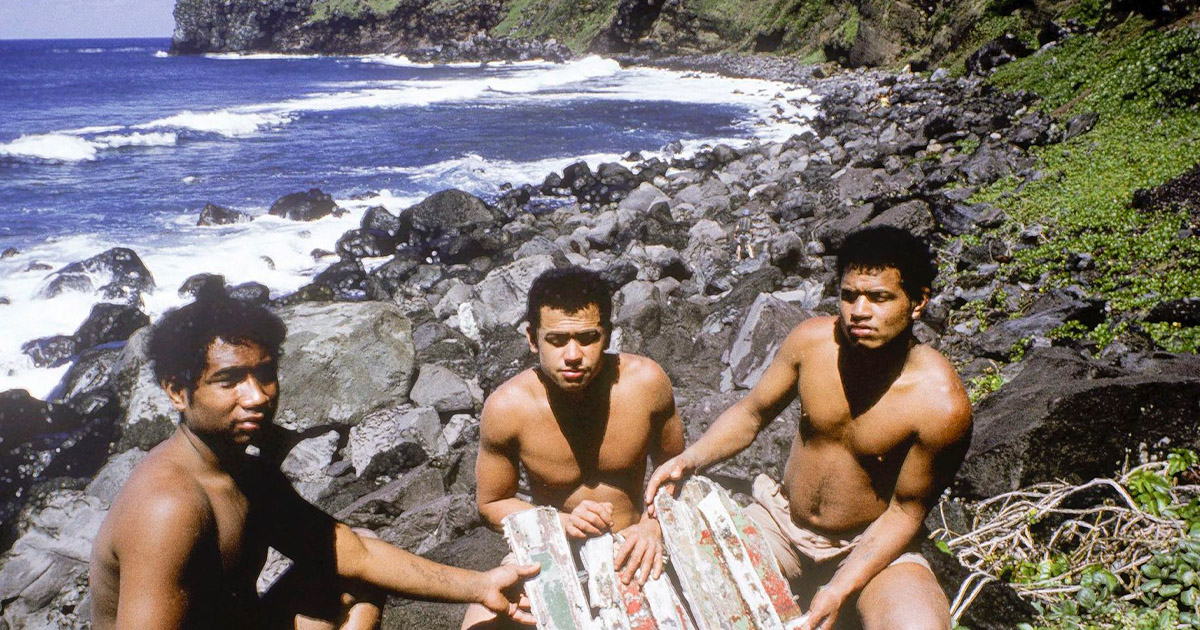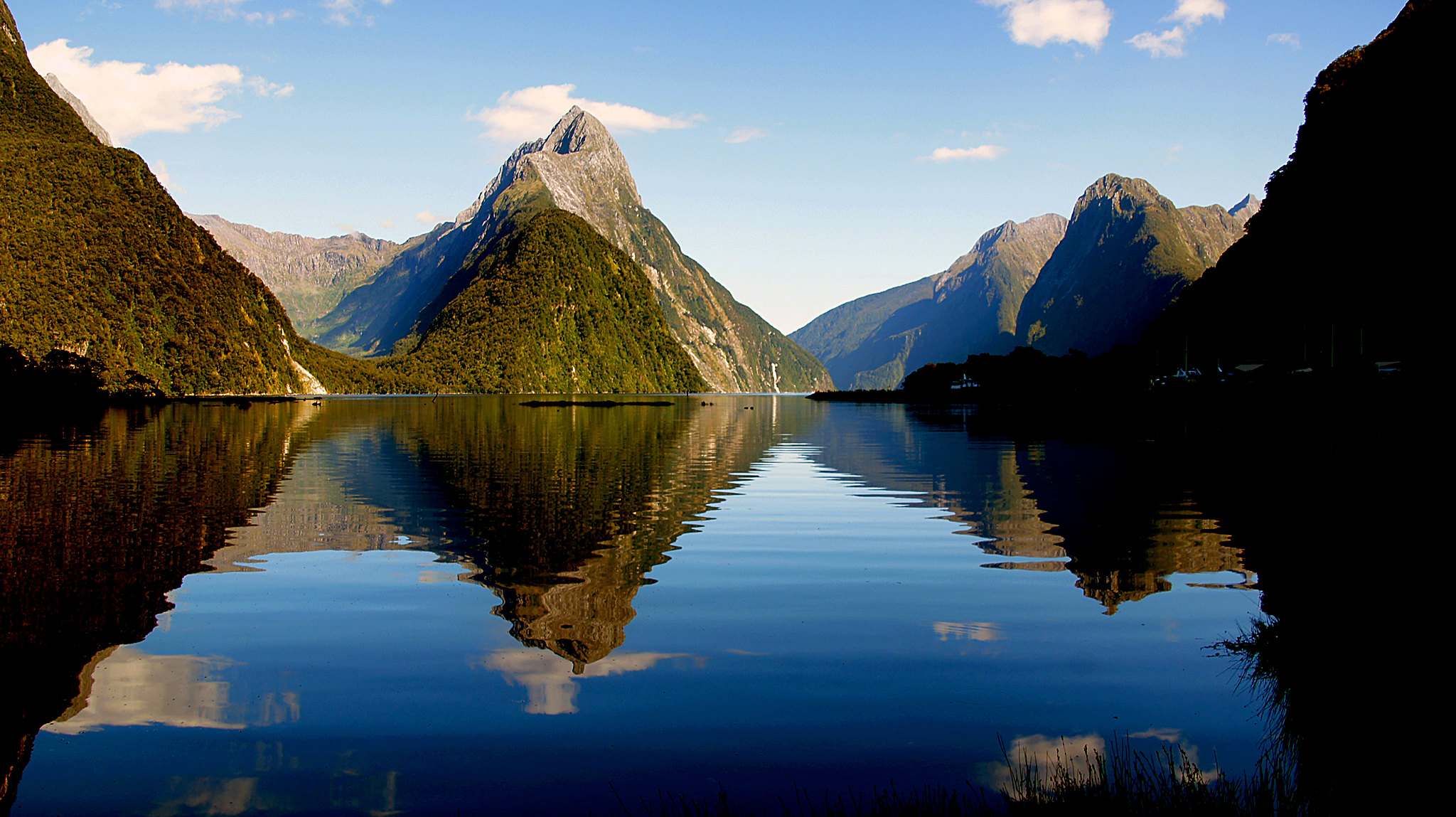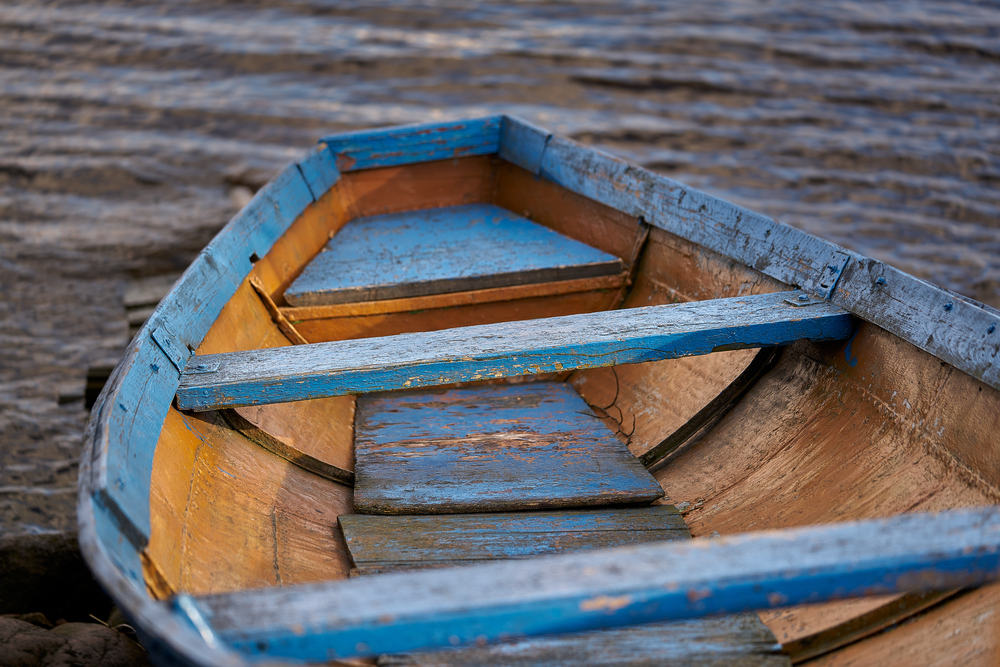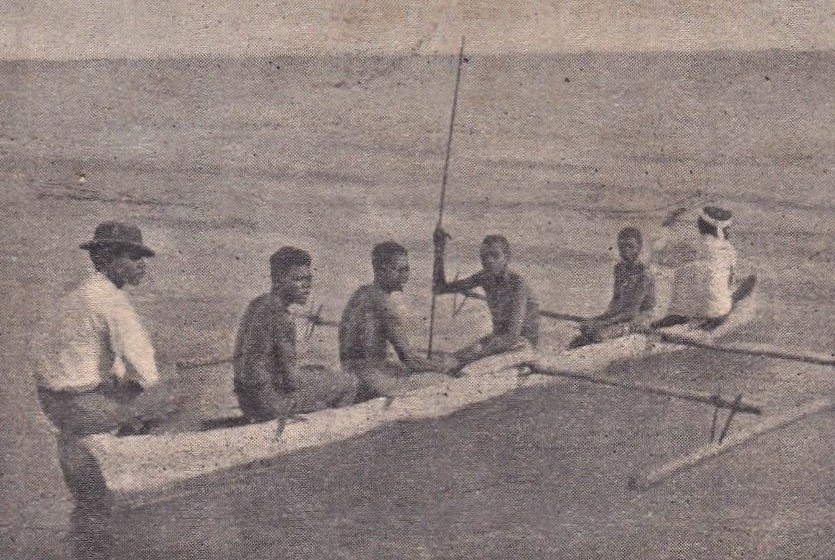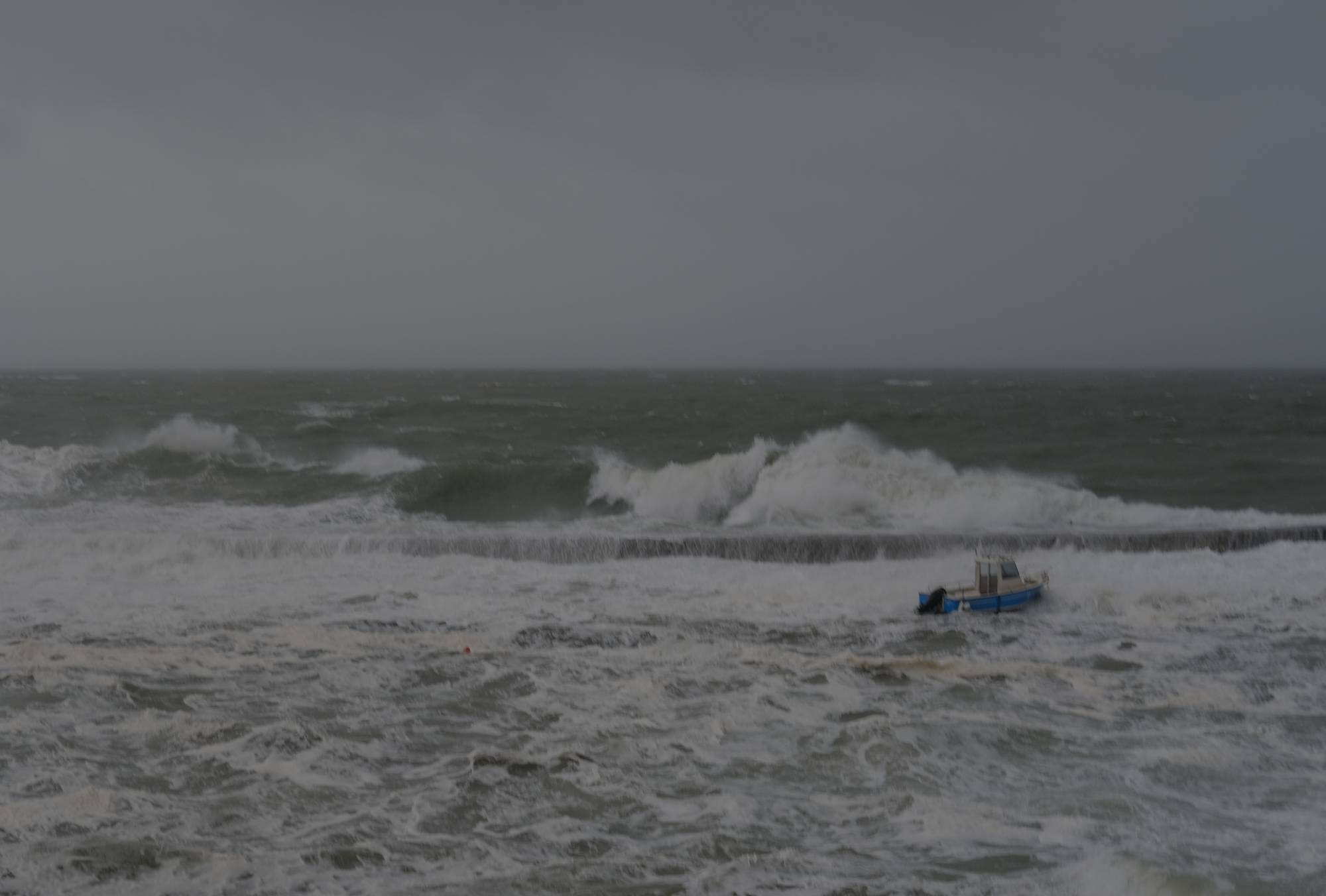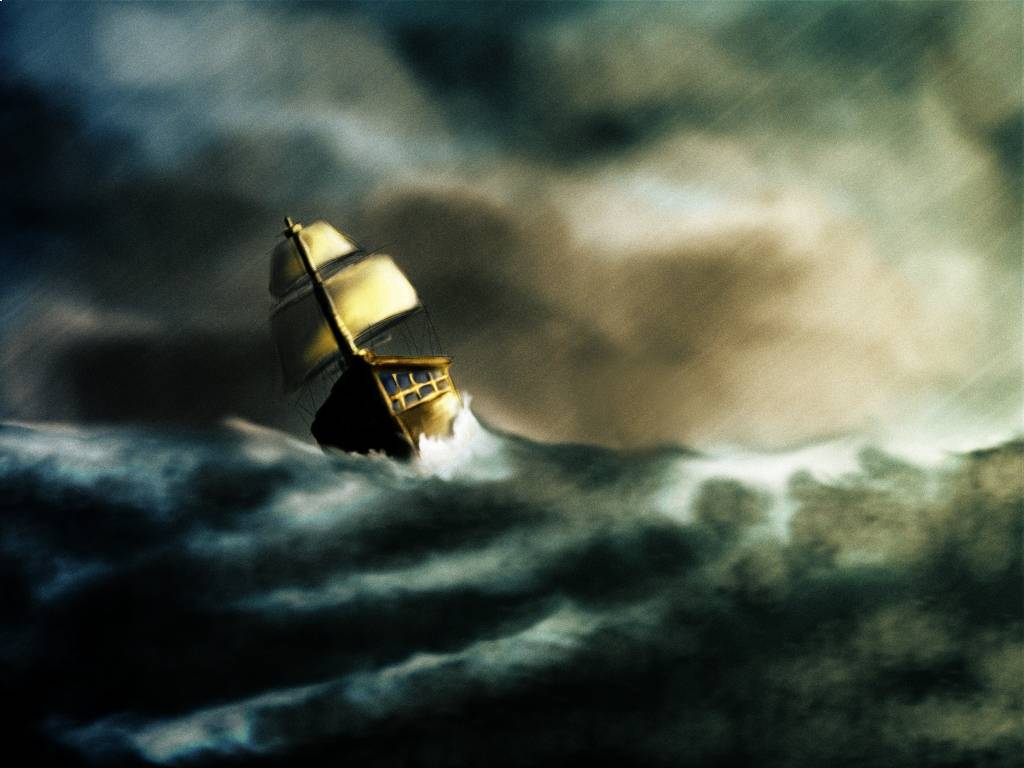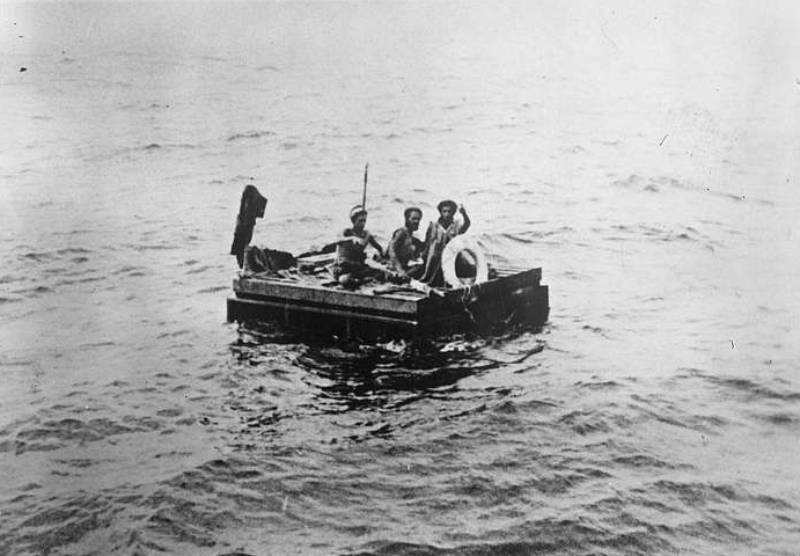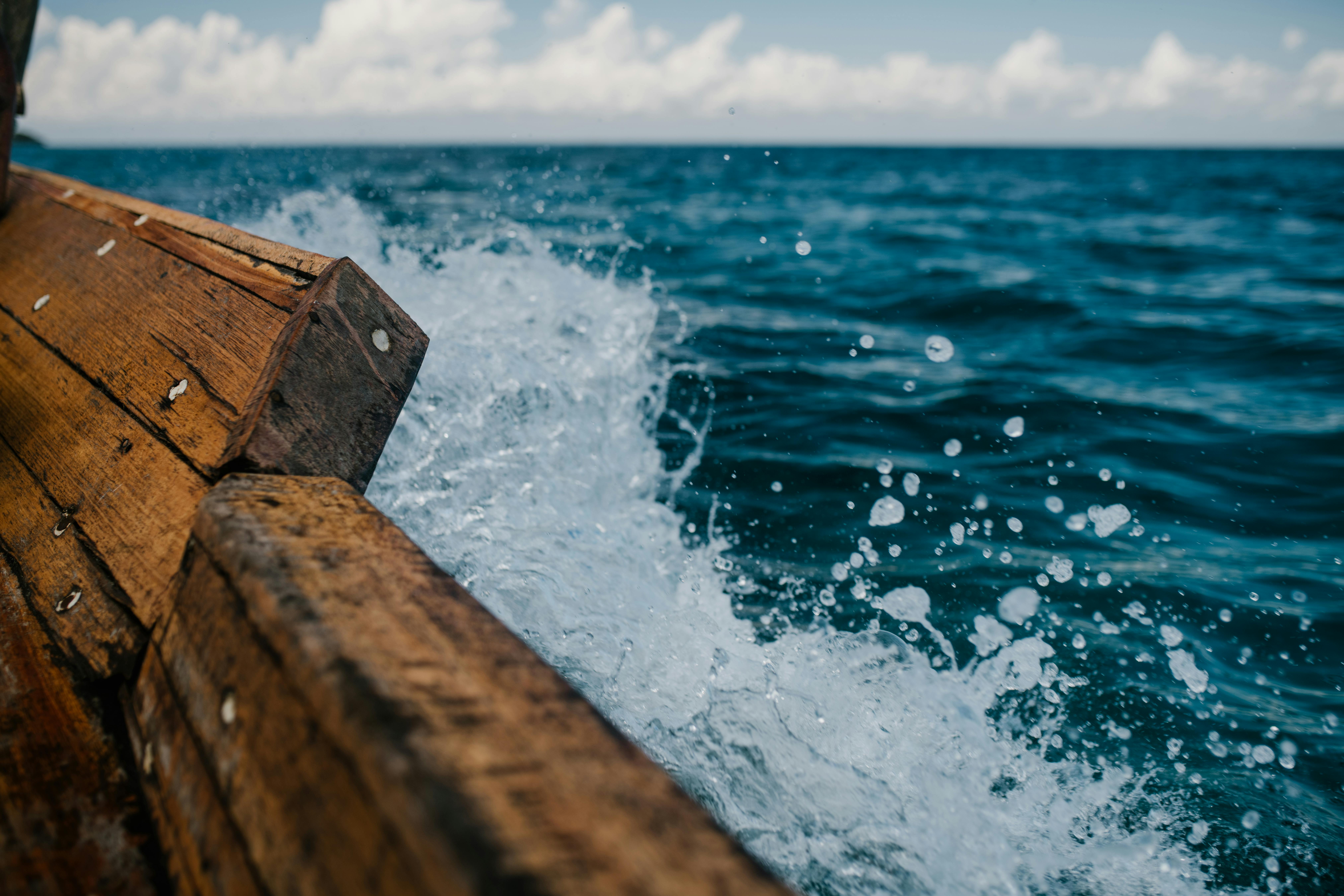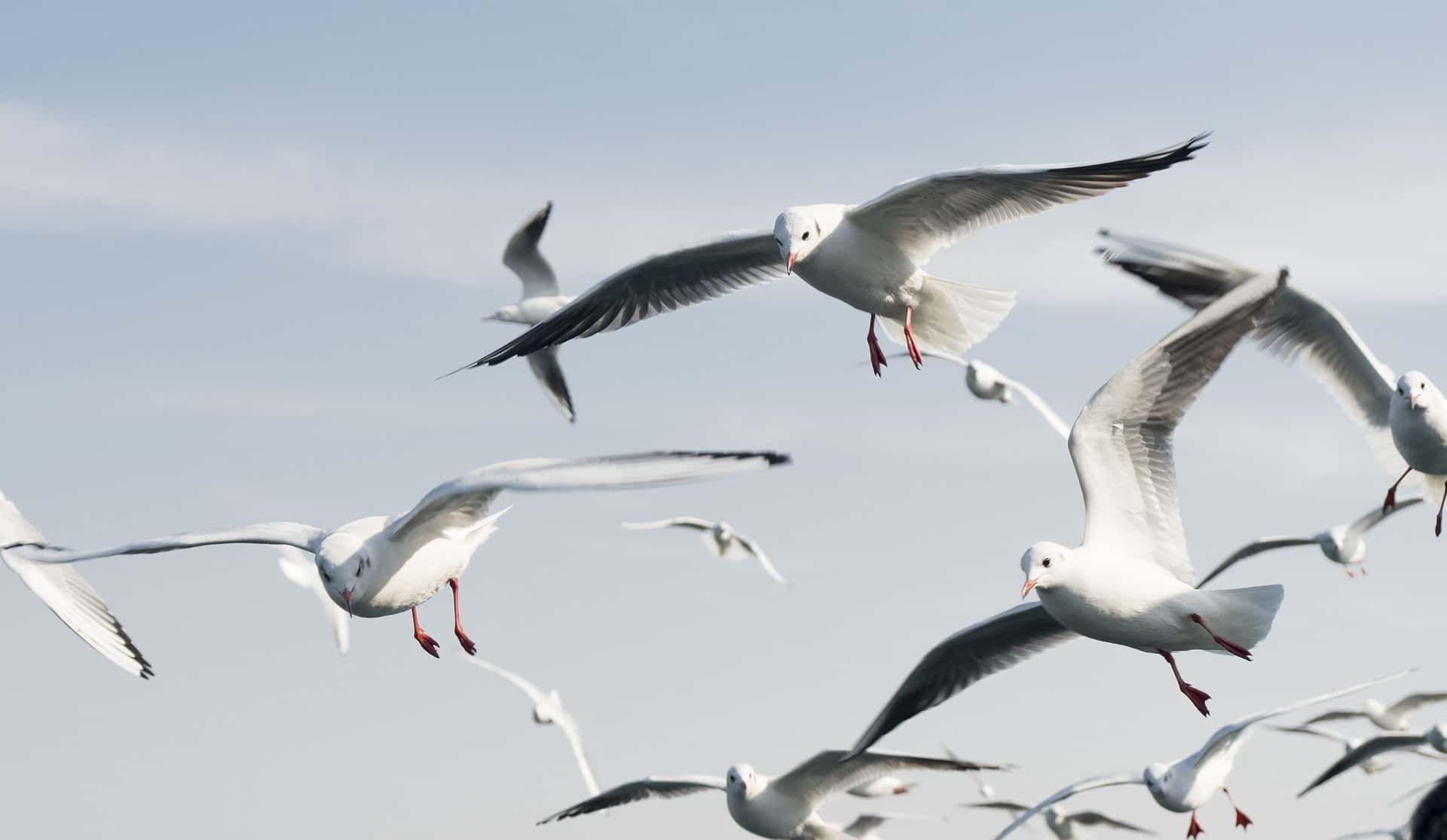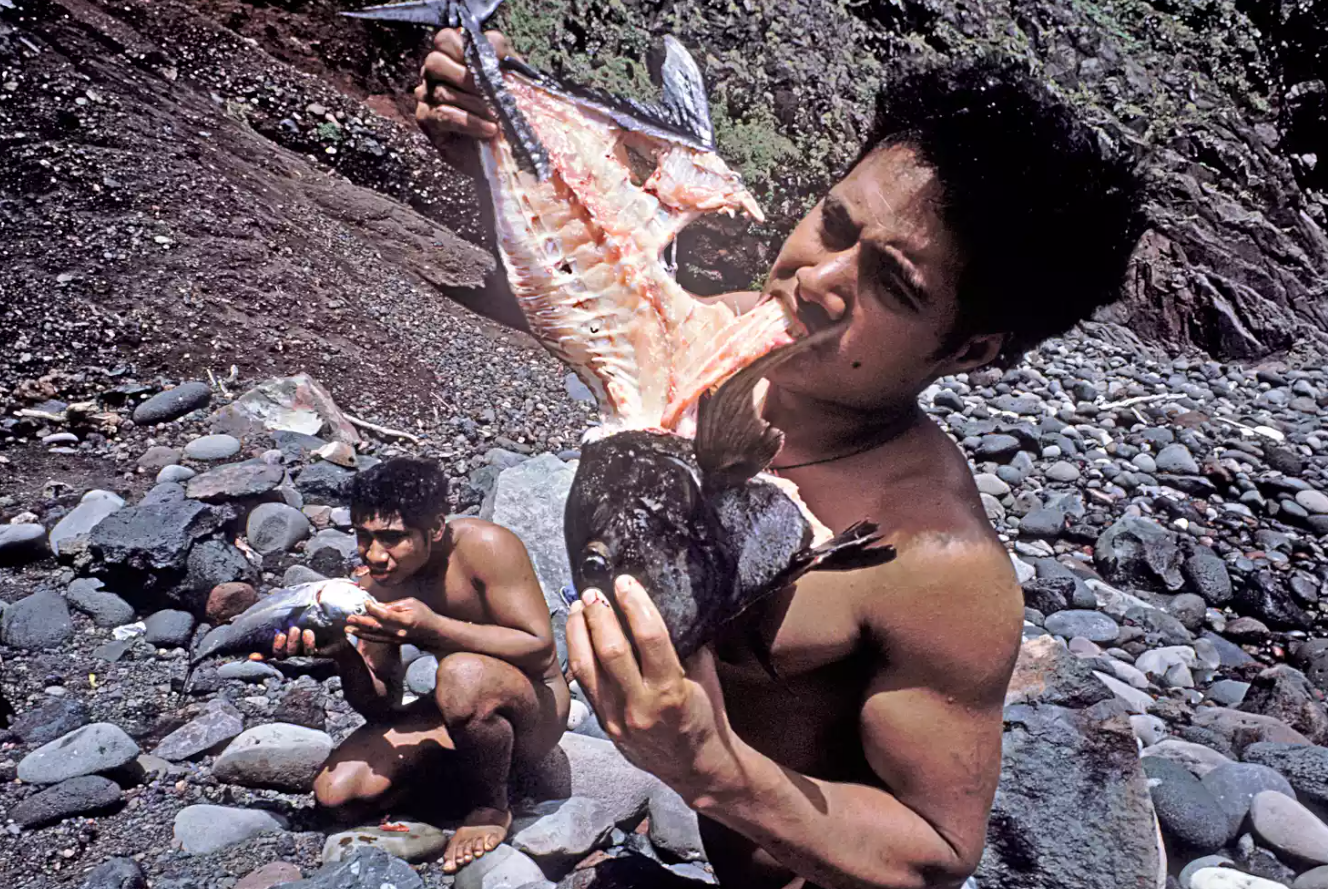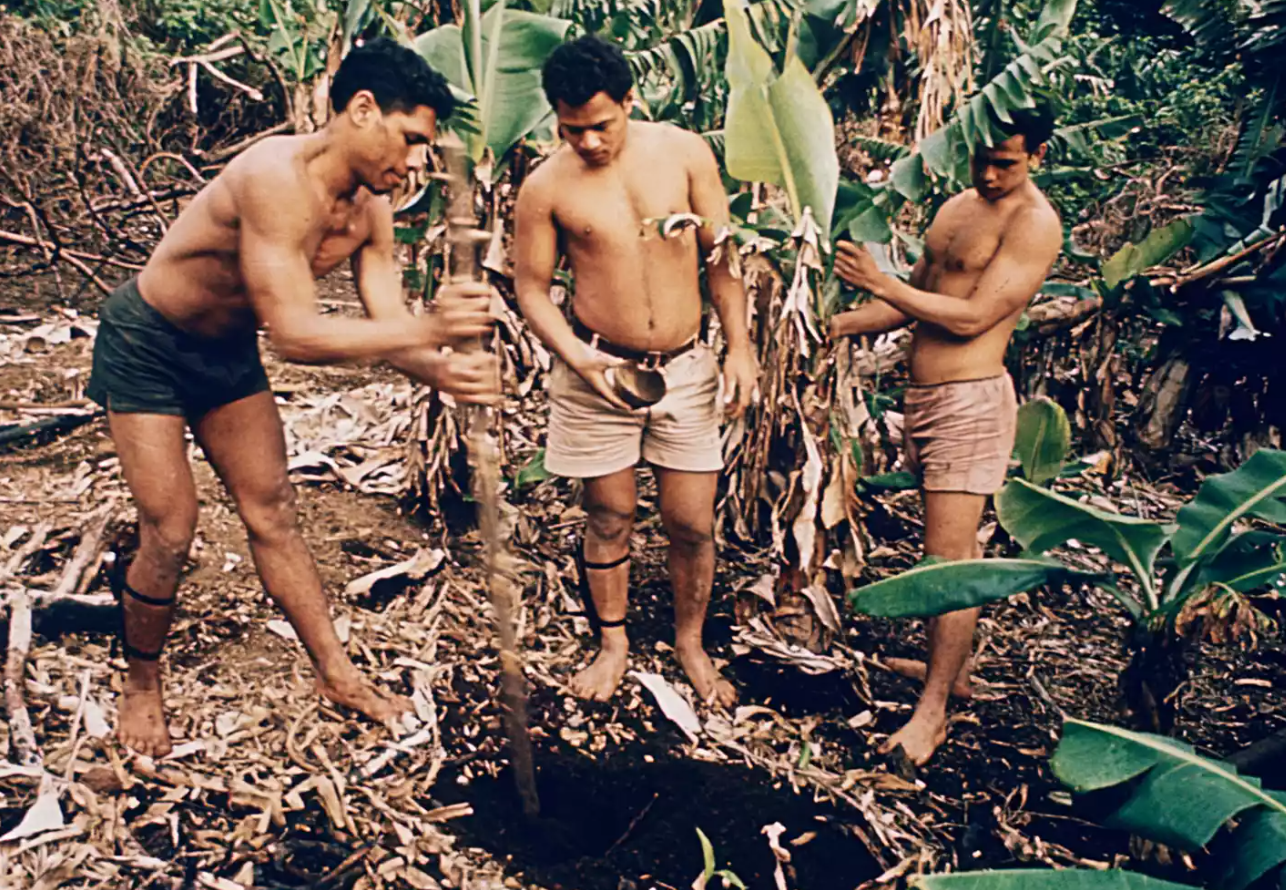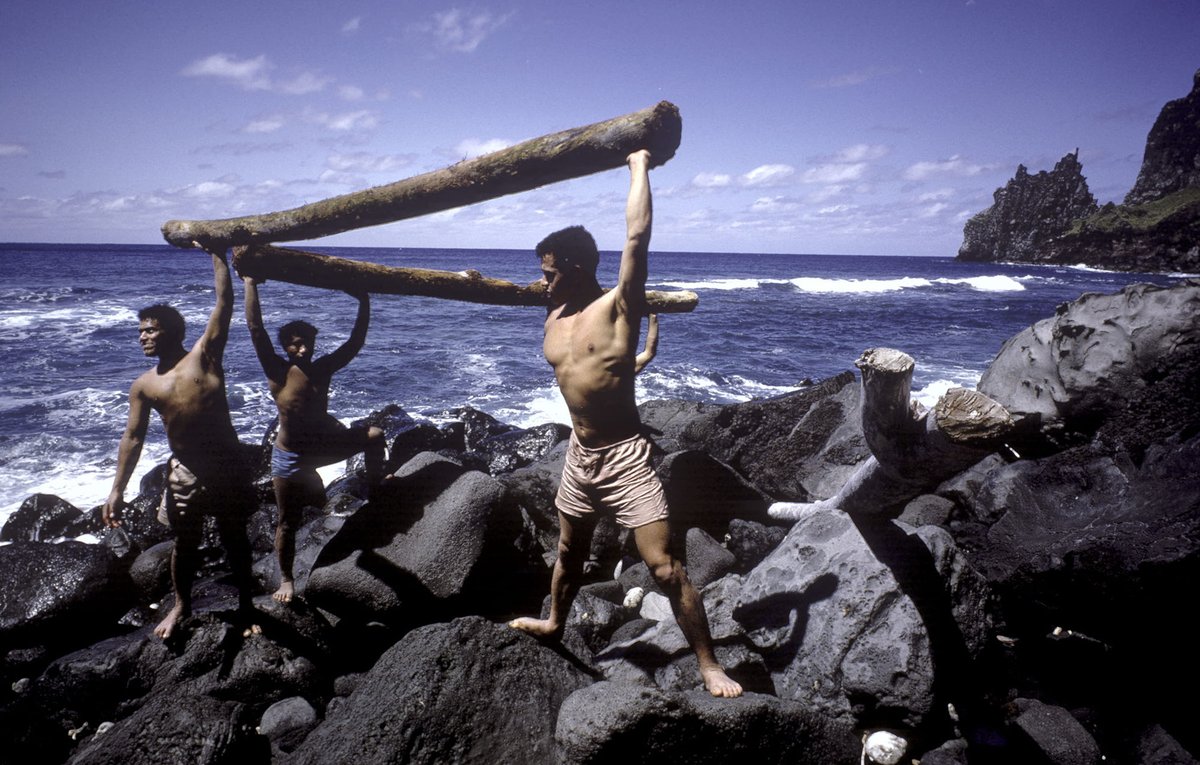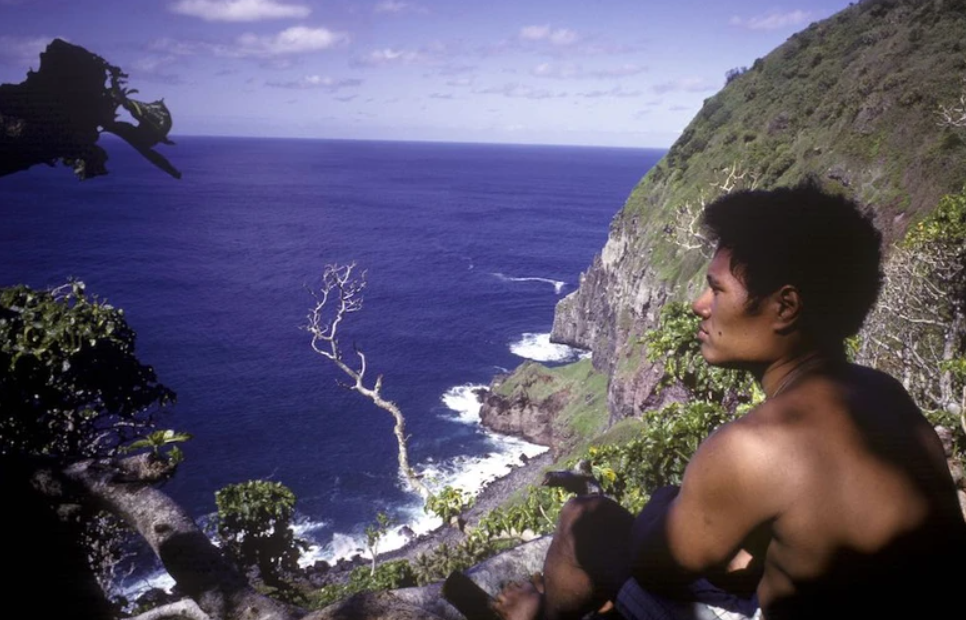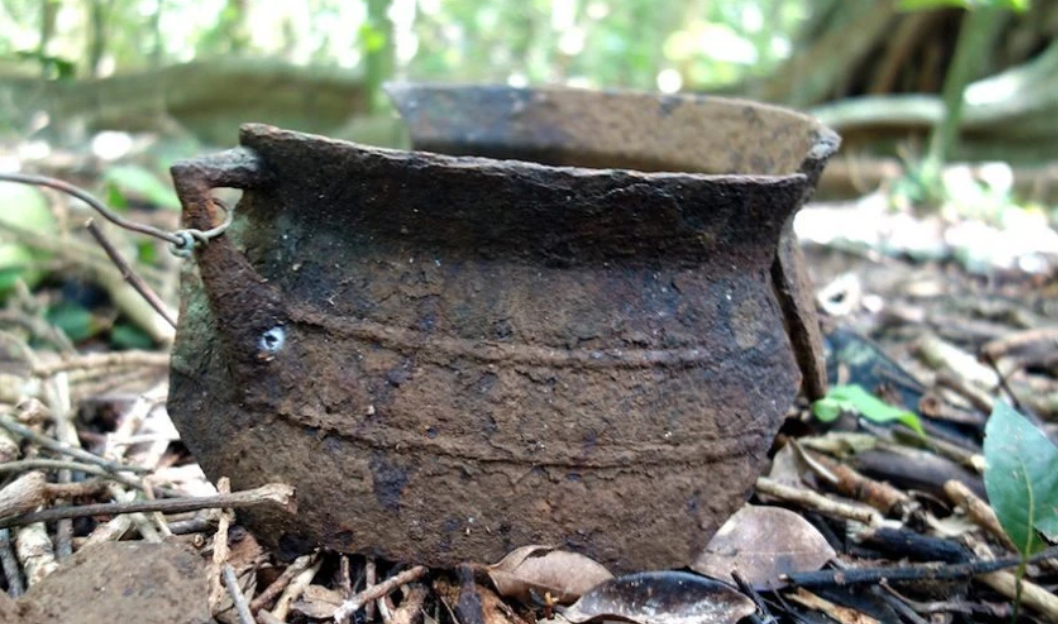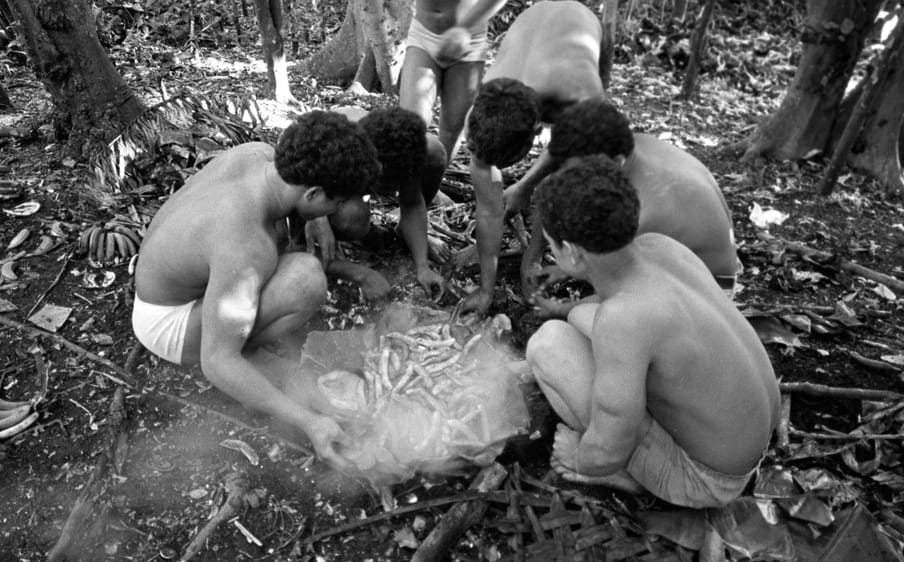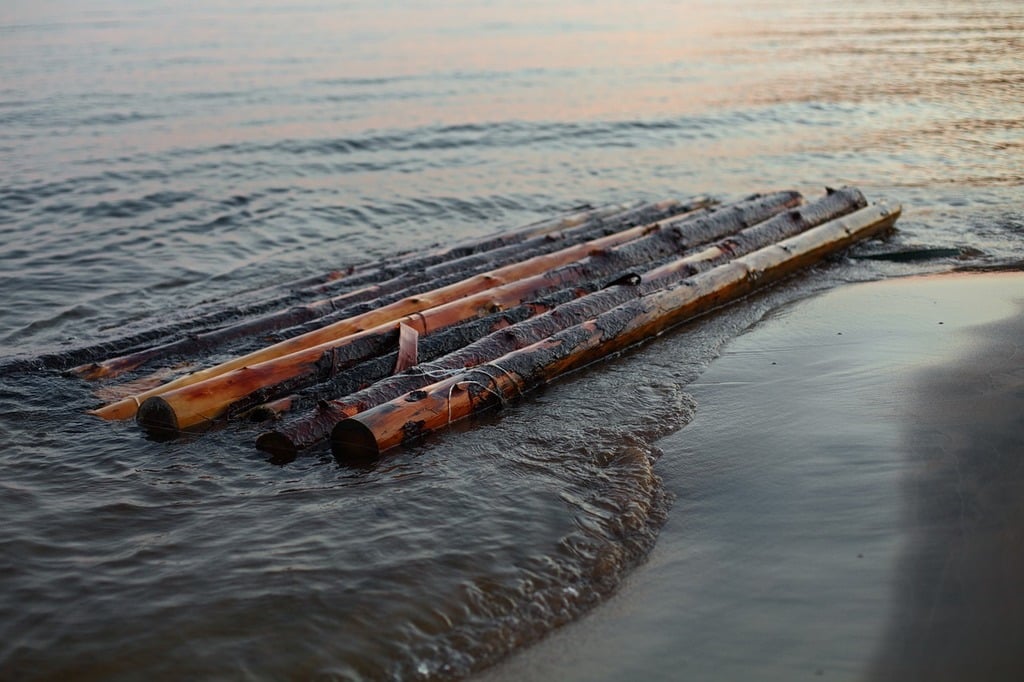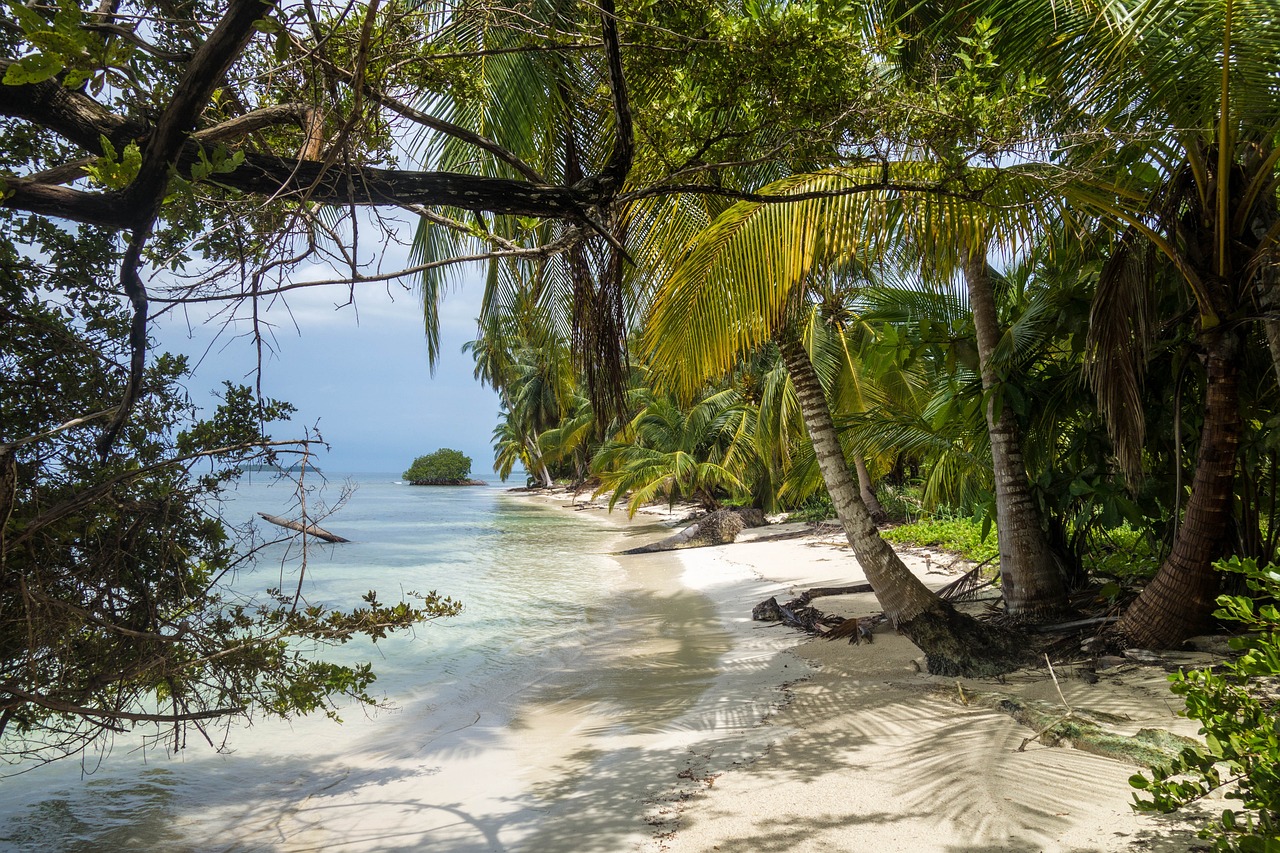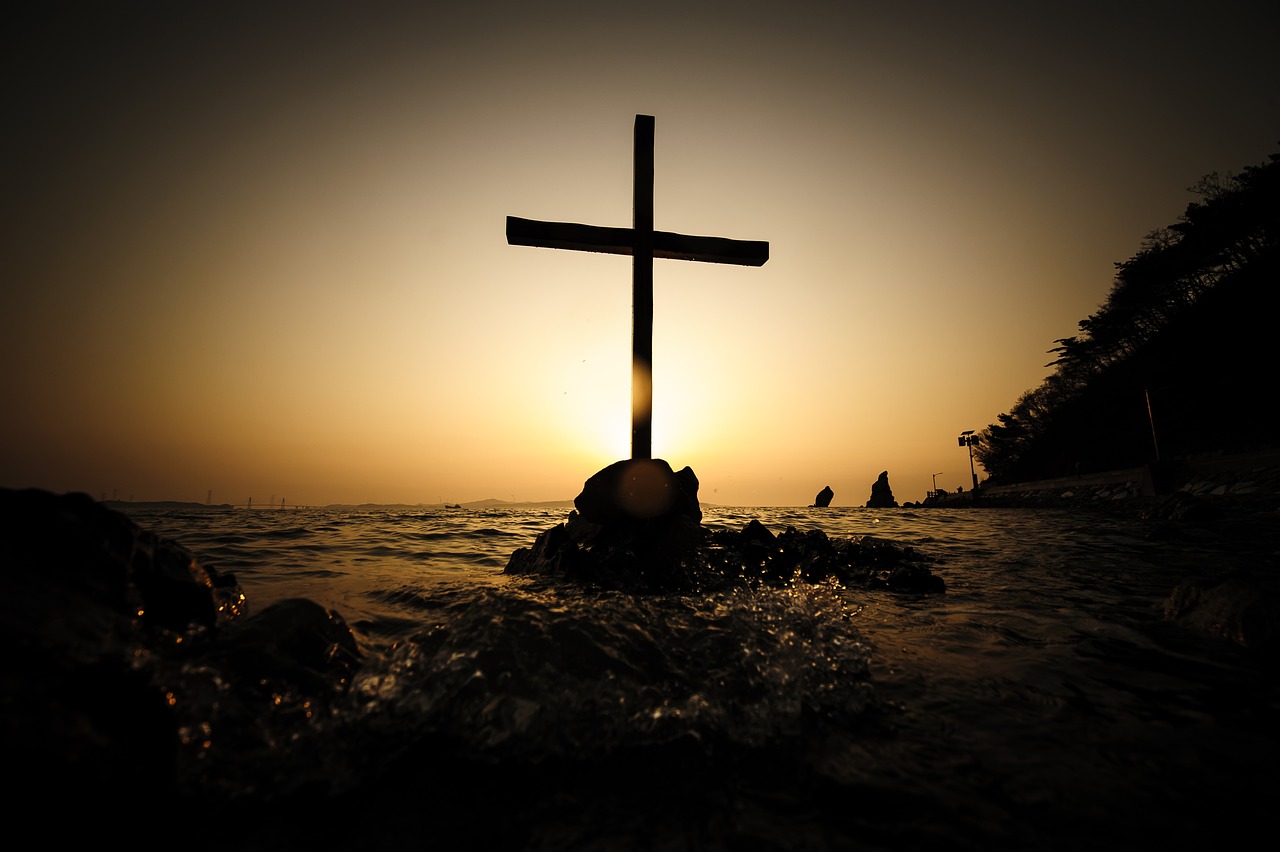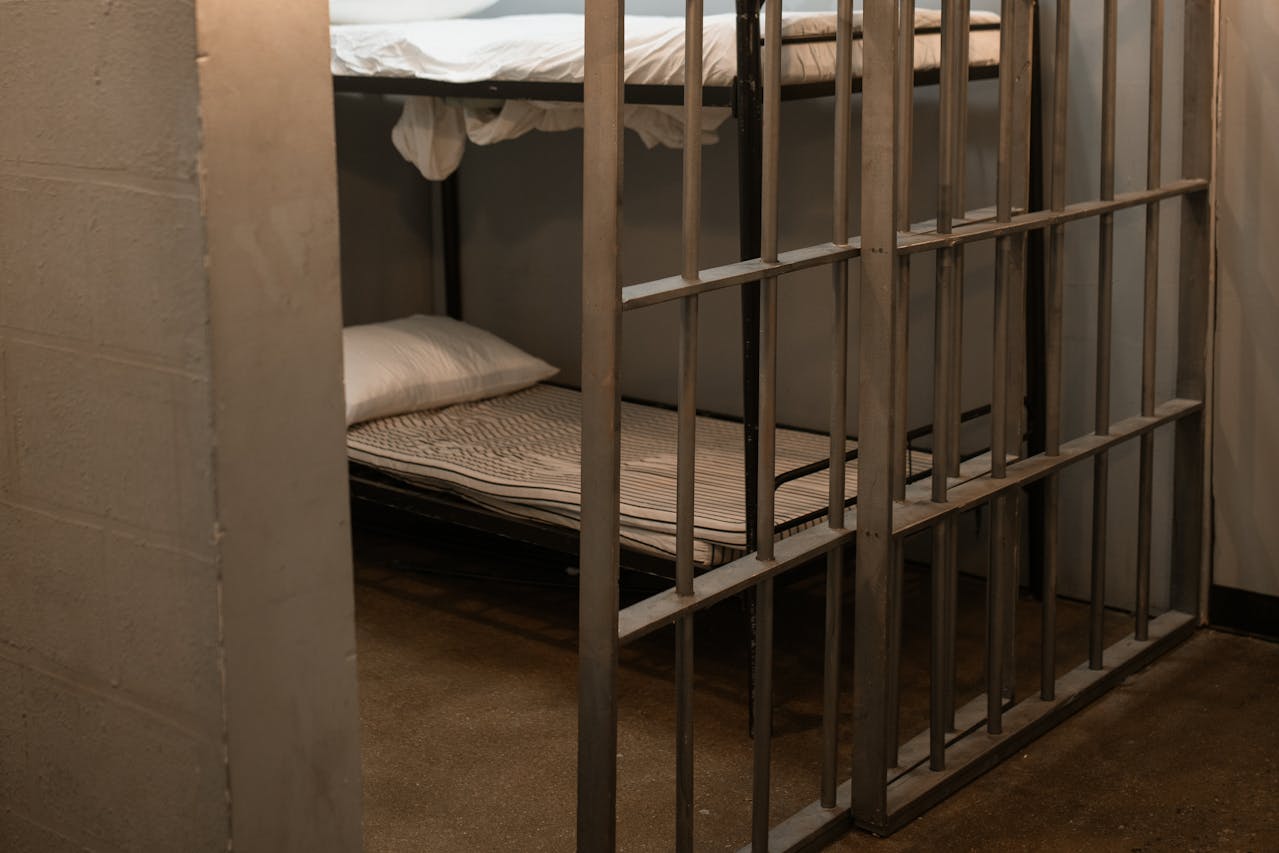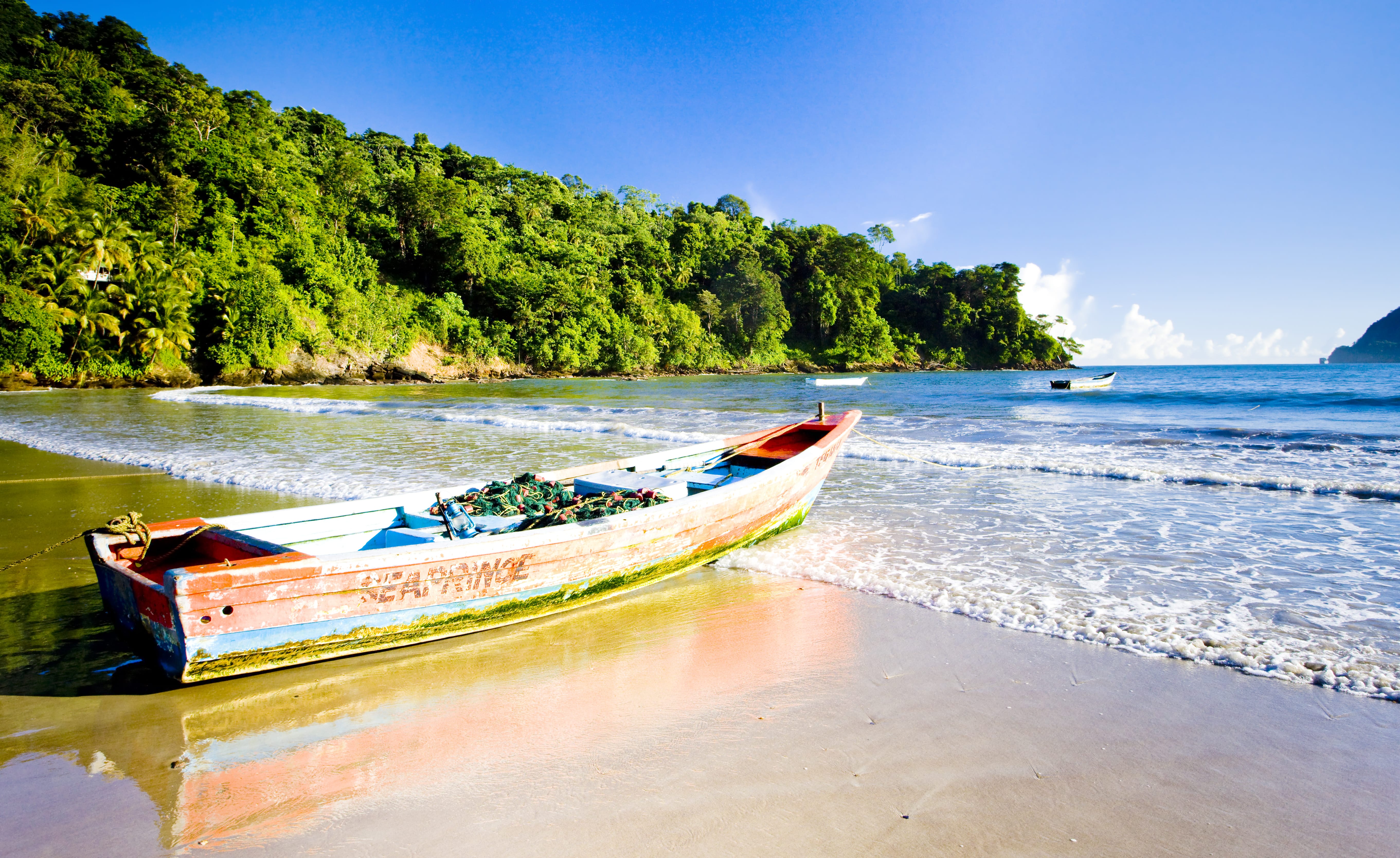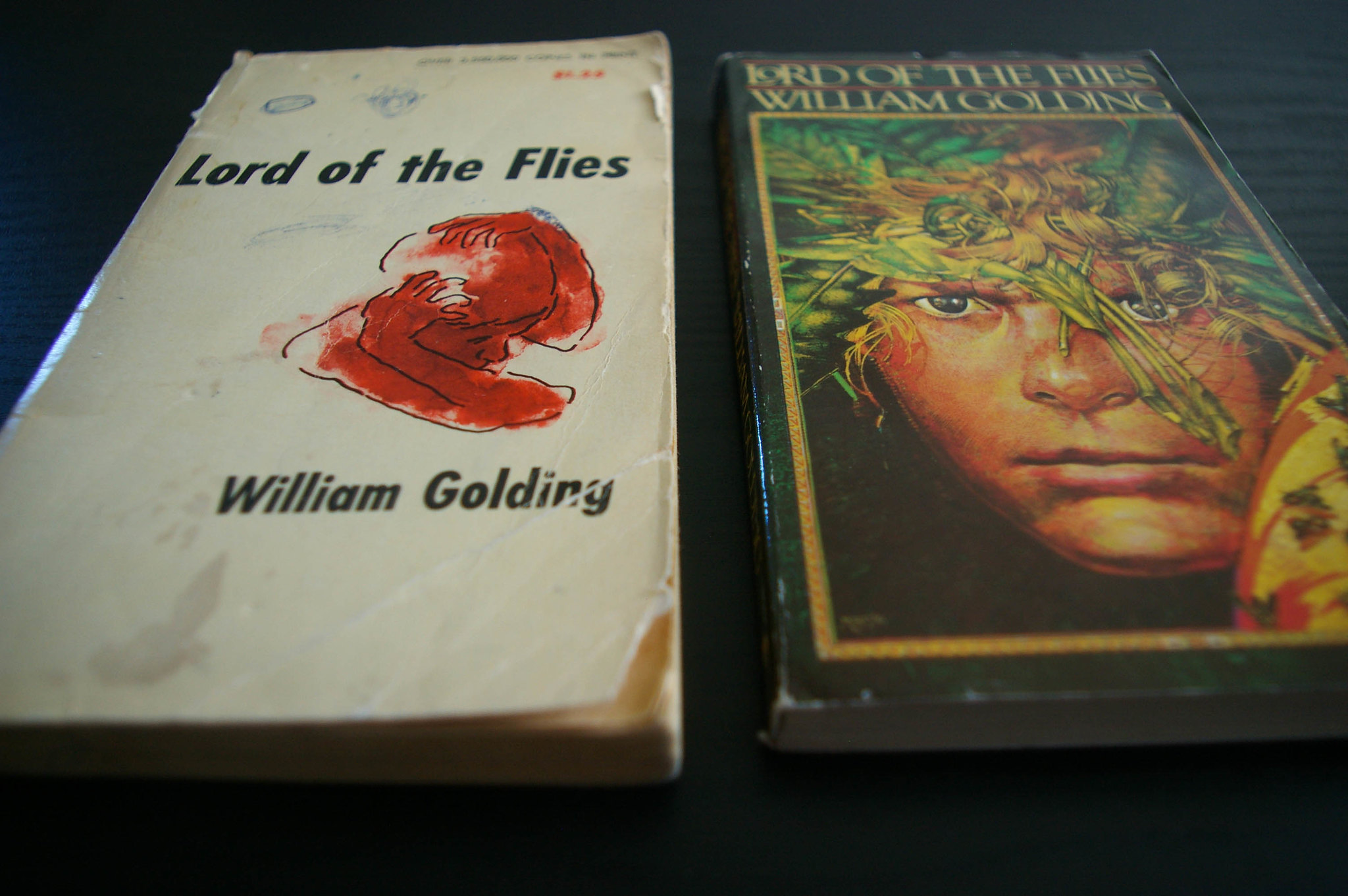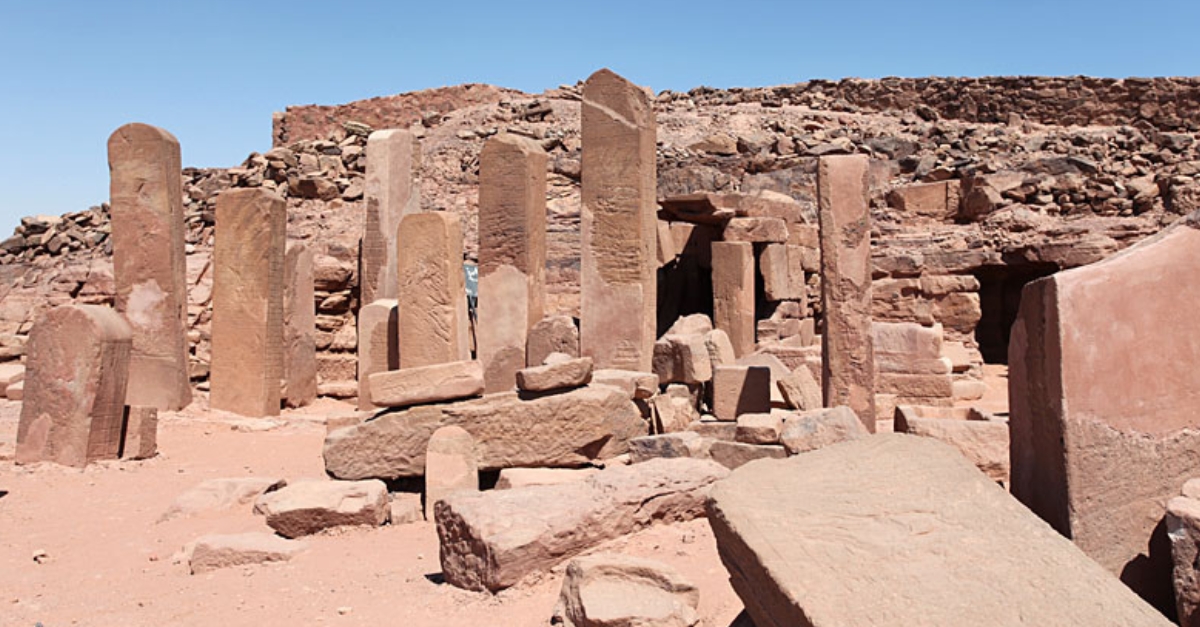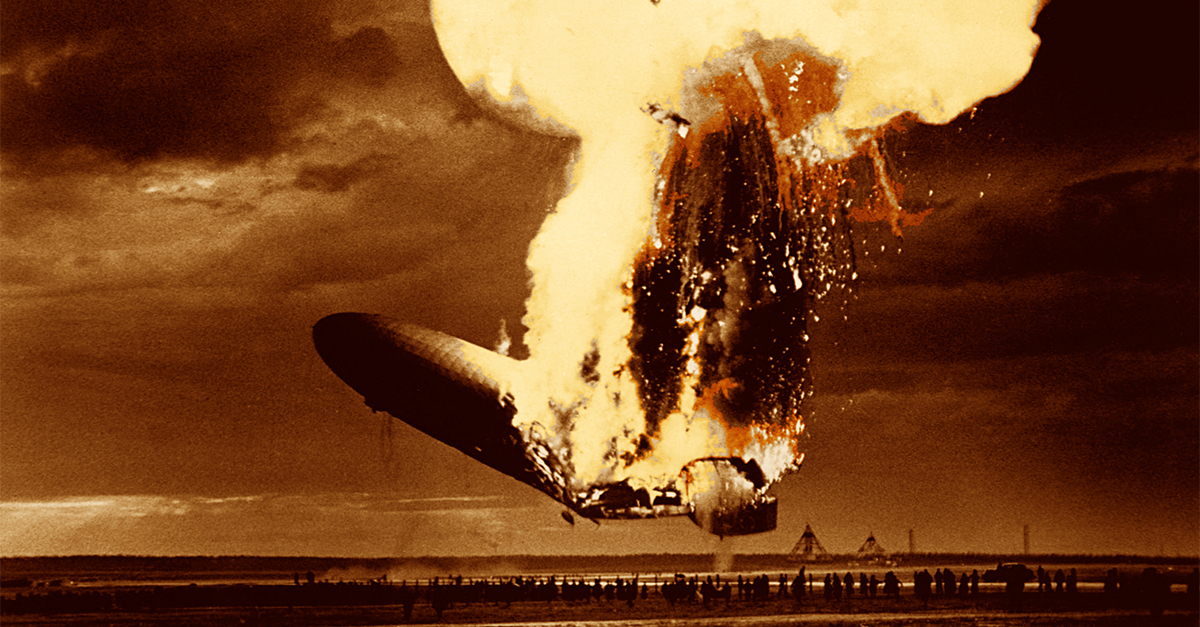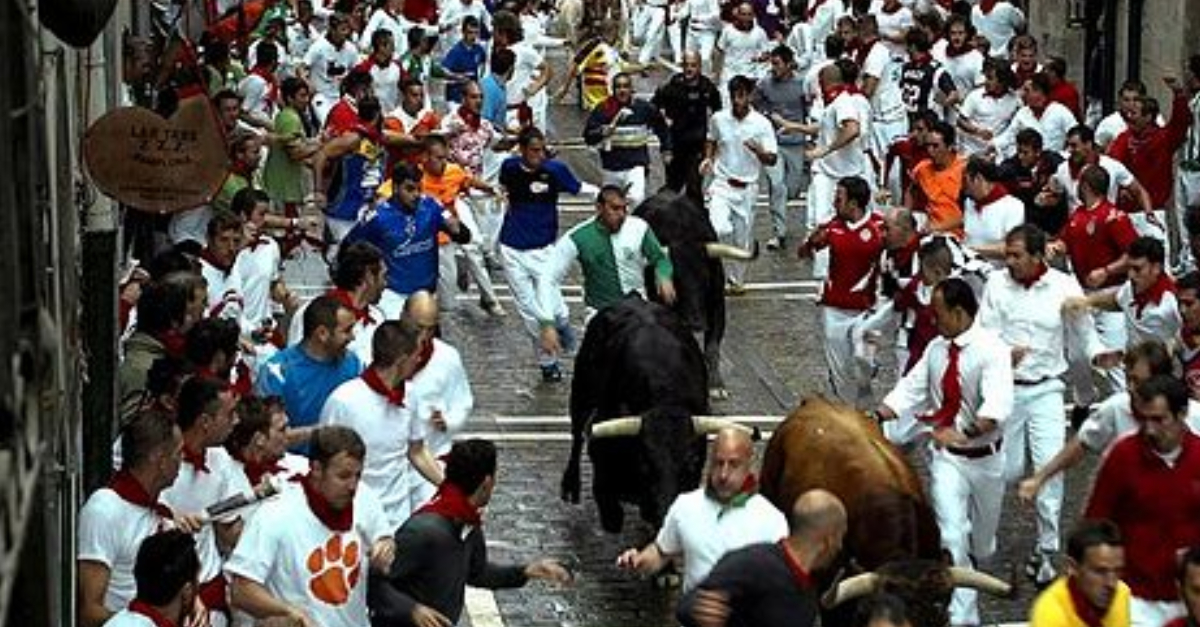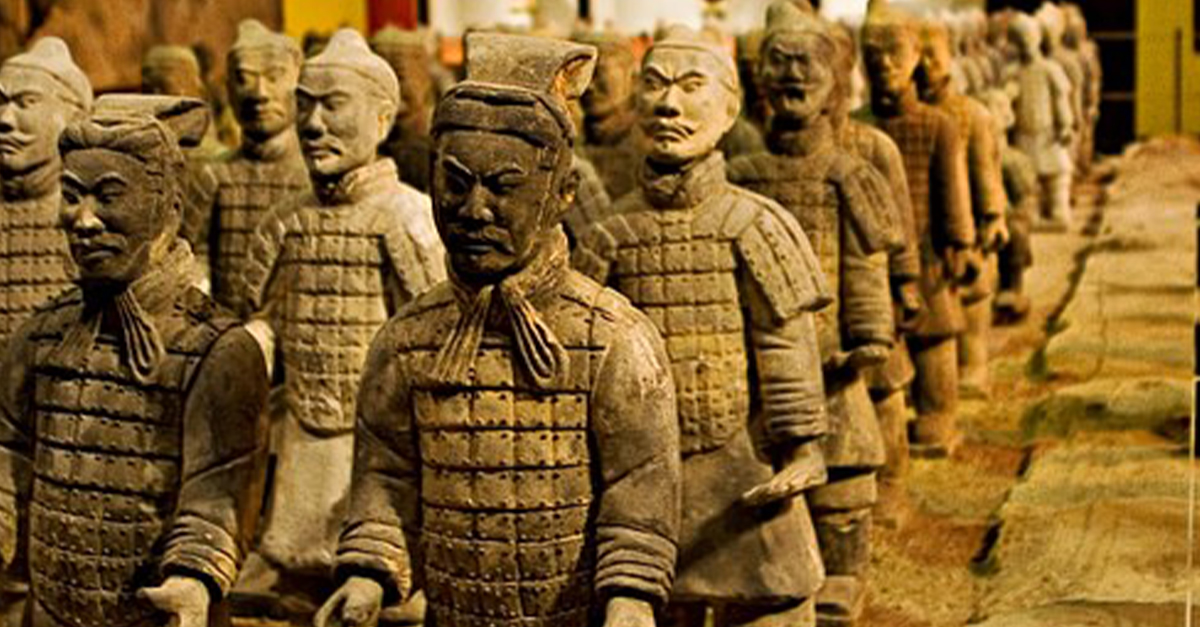The Tongan Castaways
In 1965, six teenage boys snuck away from their boarding school in Tonga, hoping for a brief adventure at sea. But when a storm destroyed their boat, they washed up on a remote, uninhabited island—with no food, no gear, and no way to call for help.
What began as a runaway prank became one of the most remarkable real-life survival stories you've probably never heard.
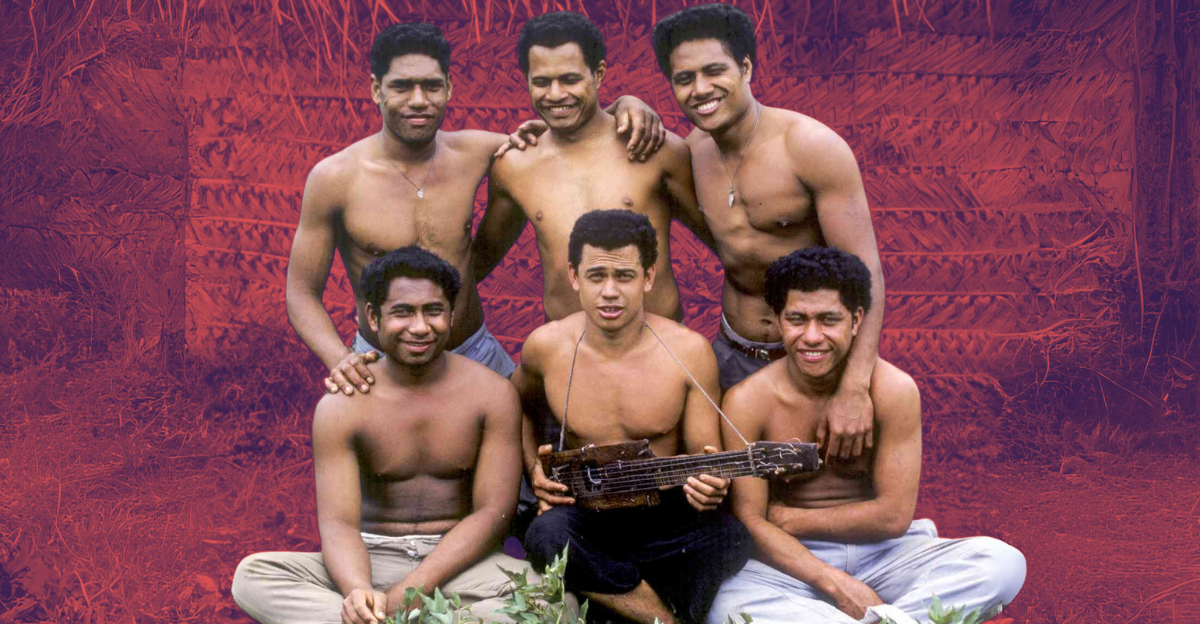
Where It Started
The boys were from Tonga, an island country in Polynesia, part of Oceania. The country has 171 islands, of which 45 are inhabited.
 Asian Development Bank, Flickr
Asian Development Bank, Flickr
The Boys
The group of castaways includes six teenaged boys who were between 13 and 19 years old. Their names were: Mano Totau, Sione Fataua, Stephen Fatai, Kolo Fekitoa, David Fifita, and Luke Veikoso.
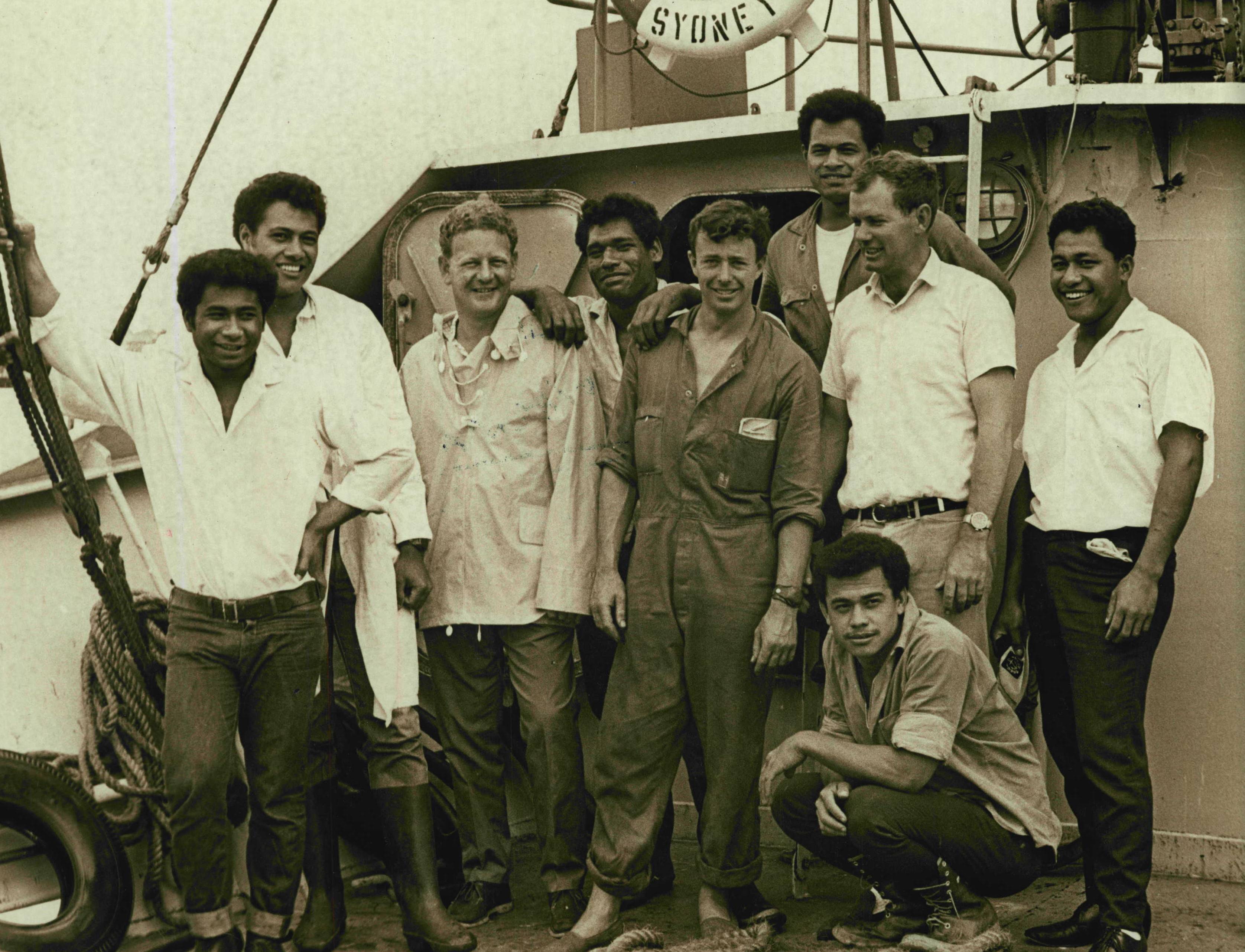 Fairfax Media Archives, Getty Images
Fairfax Media Archives, Getty Images
The School
The boys were a group of a friends who attended St. Andrews Anglican boarding school in Nukuʻalofa on Tongatapu.
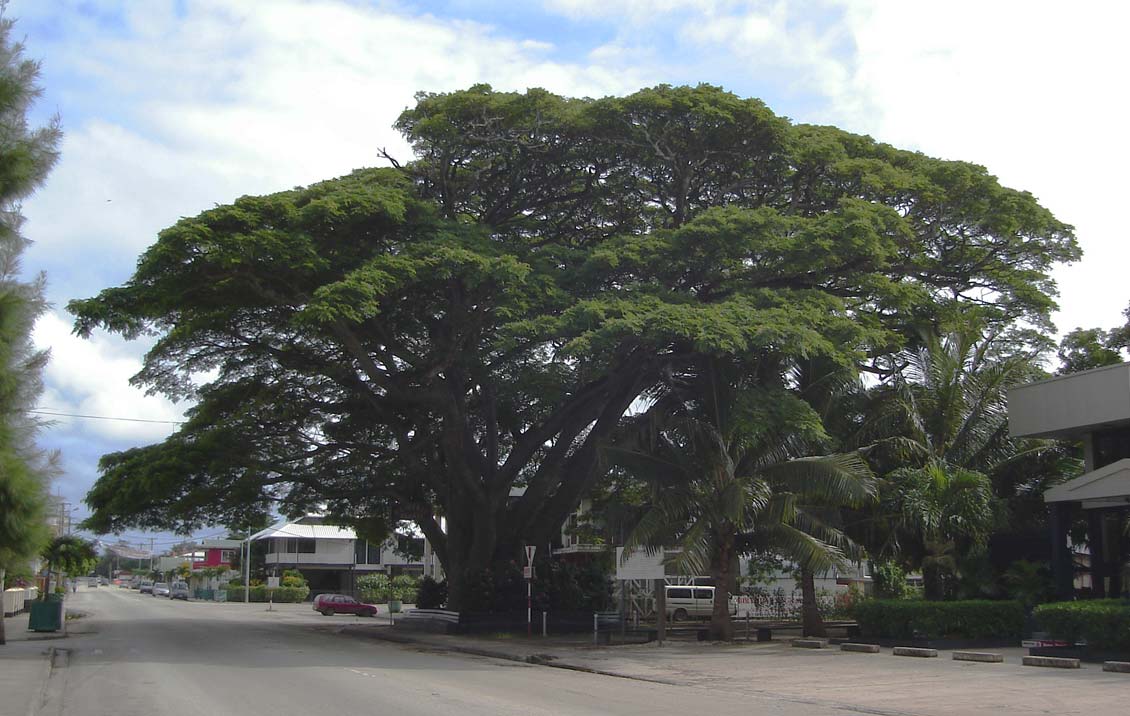 Tauʻolunga, CC BY-SA 2.5, Wikimedia Commons
Tauʻolunga, CC BY-SA 2.5, Wikimedia Commons
Their Plan
As most young boys, they had little interest in school and the thought of freedom was too enticing for them. With very little planning, the boys came together and decided it was time to leave.
 Fairfax Media Archives, Getty Images
Fairfax Media Archives, Getty Images
The Escape
Living on a small island with limited opportunities, the boys saw only one way out: by sea. So they took a 24-foot boat and set sail toward New Zealand, chasing the hope of a better life—and having no idea what awaited them along the way.
The First Night
After sailing the rough sea for most of the day, they dropped their anchor with plans of laying their heads down for a few hours during the night.
But a sudden turn of events changed their entire plan.
Trouble Started Brewing
The boys were not expecting trouble, and were ill-equipped for anything to go wrong. So, when the sun went down and a storm started brewing overhead, they knew they were in trouble.
The Storm
As with most storms at sea, things escalated pretty quickly. The wind brought in massive waves and the sky was pitch dark. They held on with nothing but their prayers, but the boat took a hit.
The Boat
Unfortunately, their boat struggled amidst the rough waves and pulsating rain. The storm was worse than they could have ever imagined—and it left them in a pretty bad situation.
They Survived
The boys made it through the night—just barely. By morning, their boat was in ruins: the anchor was gone, the sail shredded, and the rudder snapped by the storm’s relentless winds. They were adrift, with no way to steer and nowhere to go.
Hanging On
When the sun came up, the boys found themselves hanging on for dear life—literally. The boat was reduced to ruins and they were now drifting in the middle of nowhere, unsure of which direction they were heading or how far they were from home.
Drifting
Sione, who was 18 at the time, recalls the initial experience, “The boat was all torn up — no rudder, no sails — and for eight days we drifted with no food, no rain to drink, we prayed, knowing only God could save us.”
 Australian War Memorial, Picryl
Australian War Memorial, Picryl
Counting Sunsets
All six boys survived the storm, but found themselves with nothing but a chunk of wood to float on.
They laid there, sheltering themselves from the blinding sun, counting the sunsets to keep track of time. Until something changed.
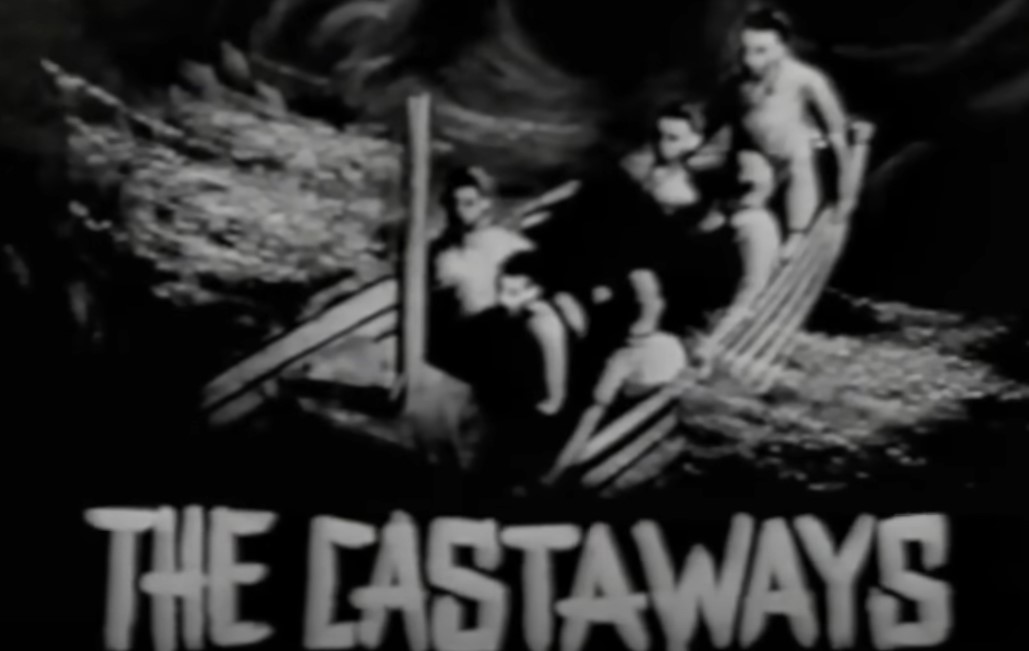 Channel 7, The Castaways (1966)
Channel 7, The Castaways (1966)
The Island
After eight long days and drifting for almost 200 miles, one of the boys was bailing water from their slowly sinking boat when they spotted an island off in the distance.
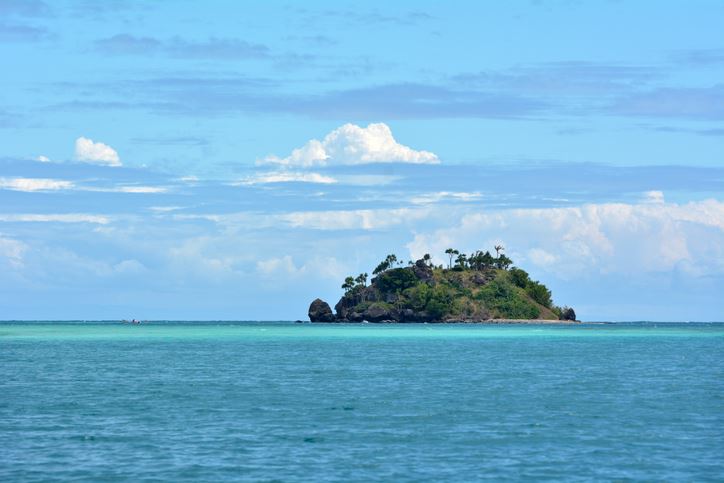
Abandon Ship
With no other option, the boys began hand-paddling their wrecked boat toward the nearest island. When they finally crashed into the rocks offshore, they abandoned the vessel and made a desperate, near-impossible swim through rough waters to reach land.
The Unforgiving Sea
Although they thought they were close enough the swim, the sea reminded them just how unforgiving it was. The relentless waves and powerful currents pushed and pulled them as they grabbed onto planks salvaged from their wreck, and once again, prayed for their survival.
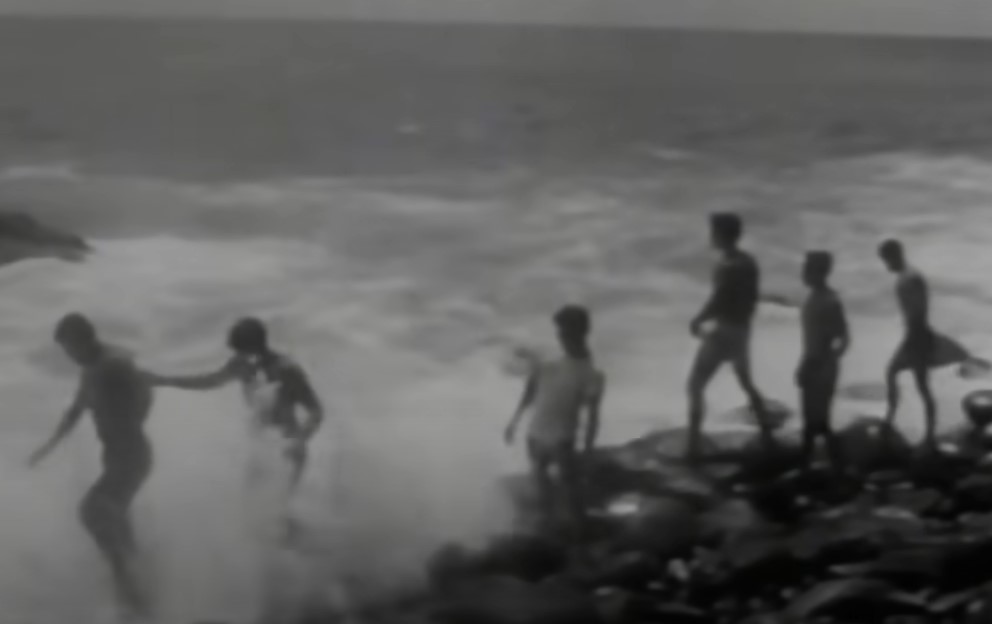 Channel 7, The Castaways (1966)
Channel 7, The Castaways (1966)
The Island
The boys struggled once again at sea for an entire 36 hours—drifting separately and calling out for each other throughout the night. The island seemed like a tease at this point.
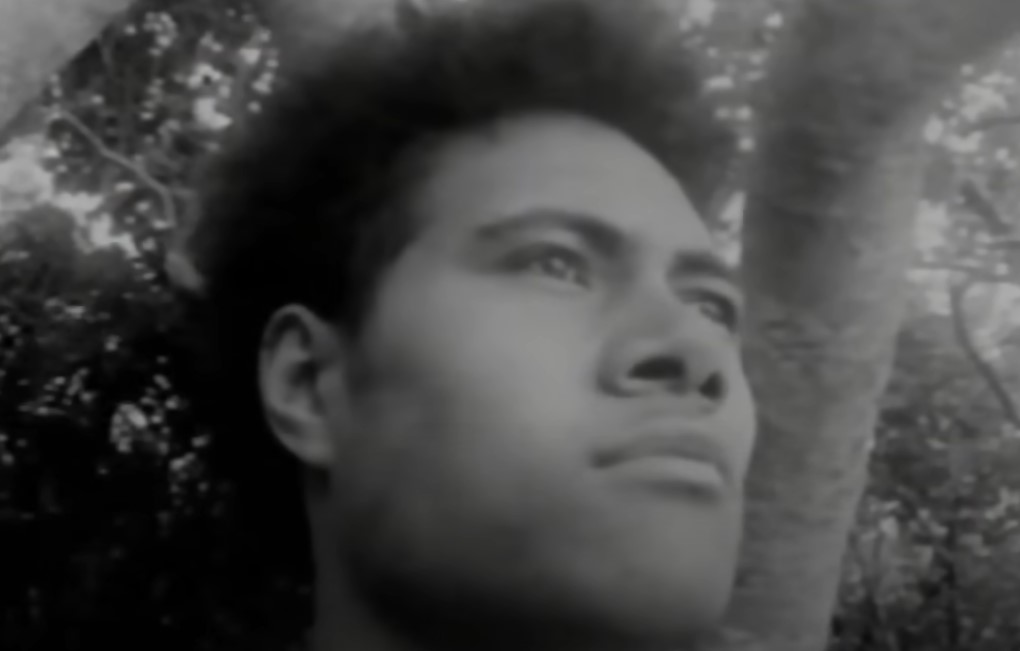 Channel 7, The Castaways (1966)
Channel 7, The Castaways (1966)
Safety on Shore
Mano was the first to reach land; weak from hunger and dehydration, he could not stand but called out that he had safely reached shore, and the rest soon followed him.
They grouped together and this time, they made a plan.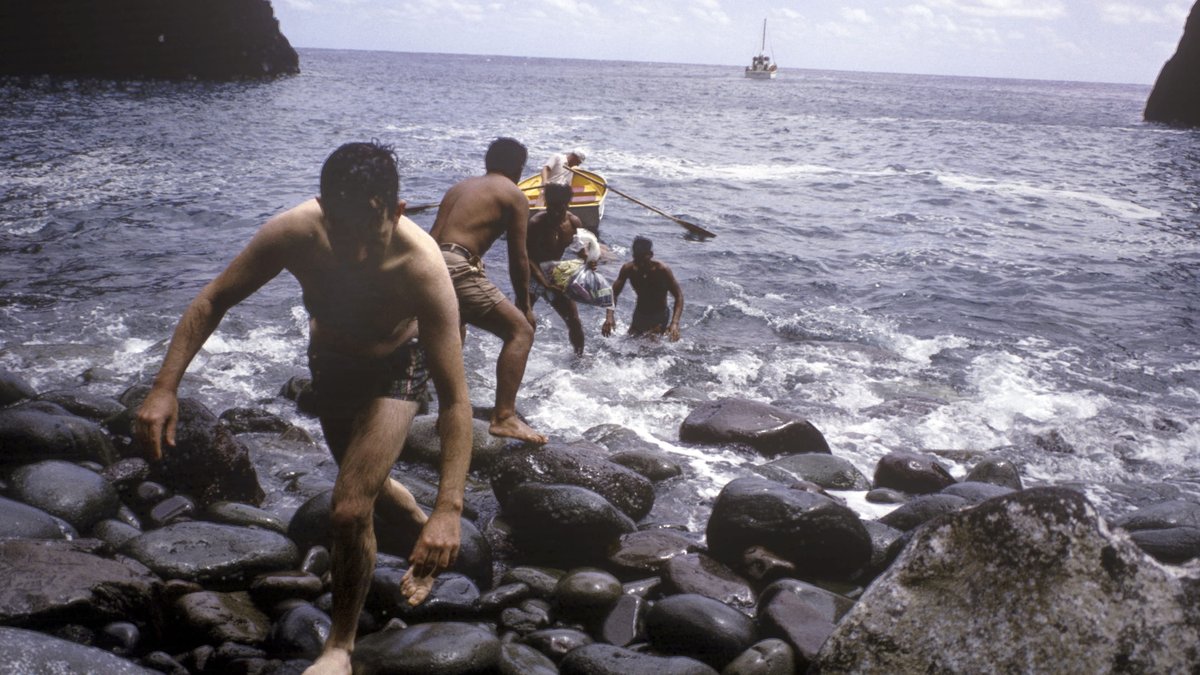 John Carnemolla
John Carnemolla
The Pact
At this point, the boys knew they were in a serious situation and needed a plan for survival. Right then and there they made a pact to live on the island just like how they had been raised: “We all come from close and poor families where, whatever you get, you share," said Sione.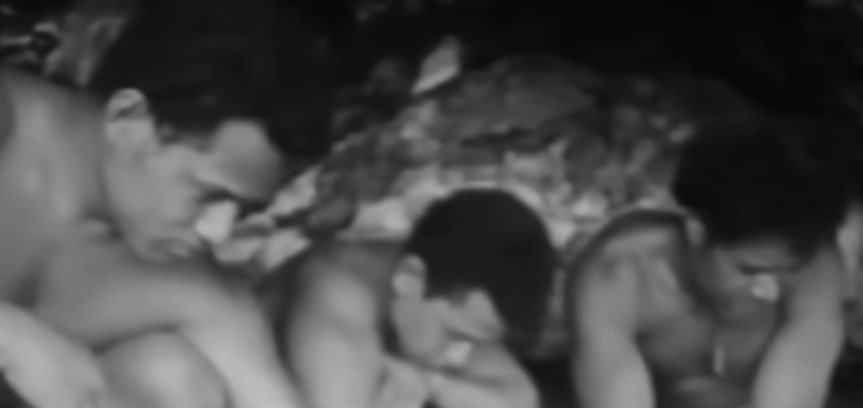 Channel 7, The Castaways (1966)
Channel 7, The Castaways (1966)
The Island
After regrouping on shore, the boys began exploring their surroundings—and it didn’t take long to realize the truth: they were completely alone. The island, they would later learn, was the uninhabited and long-abandoned ‘Ata Island.
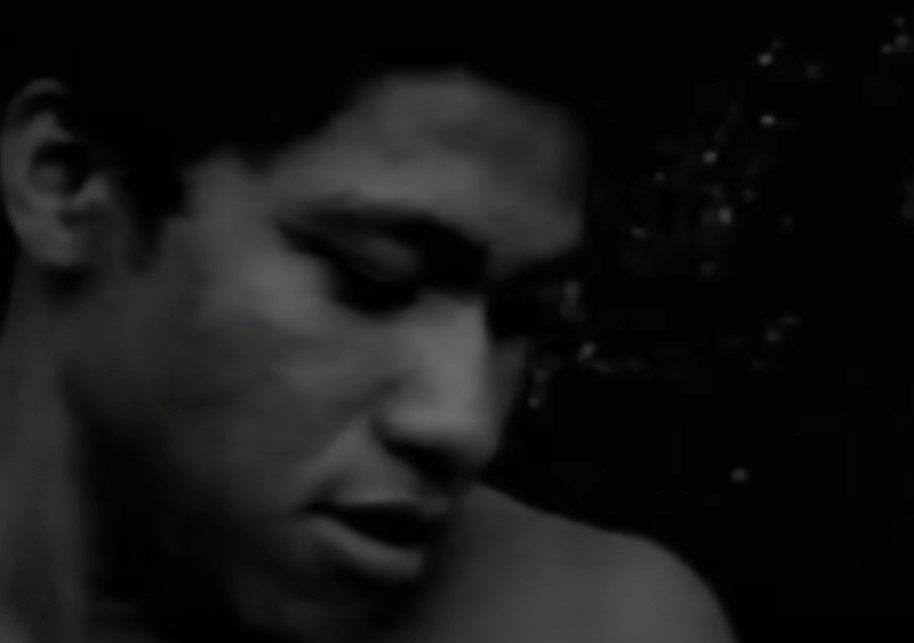 Channel 7, The Castaways (1966)
Channel 7, The Castaways (1966)
The Cave
The boys had grown up scattered across the small islands of Tonga, and had knowledge of basic survival skills. They knew the first thing they had to do was create a shelter, so they dug a small cave by hand, enough to shelter them temporarily.
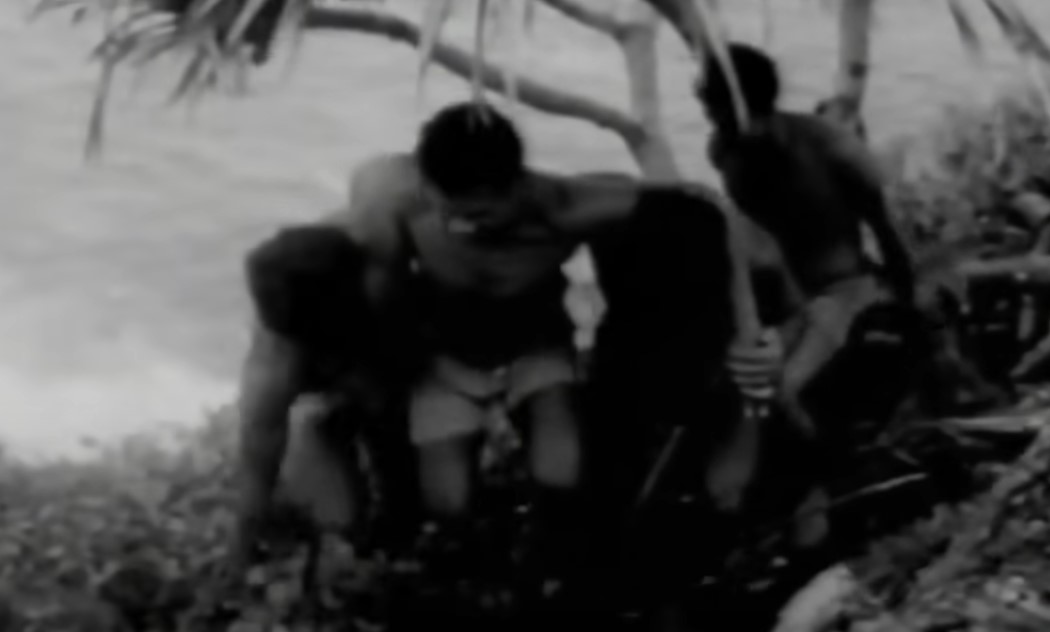 Channel 7, The Castaways (1966)
Channel 7, The Castaways (1966)
The Seabirds
After their cave was settled, they set out looking for food. Not much was available to them at this time, so they resorted to catching seabirds which they used for meat, and eventually eggs, once they came across nests.
Fishing
The boys collected bits and pieces from their wreckage and crafted tools from the debris that they used as makeshift hooks and spears—becoming expert fishermen. This greatly increased their food options.
Wild Taro
Aside from birds and fish, the boys foraged extensively for wild taro—which the island had plenty of. This nutritional root became a dietary staple for them.
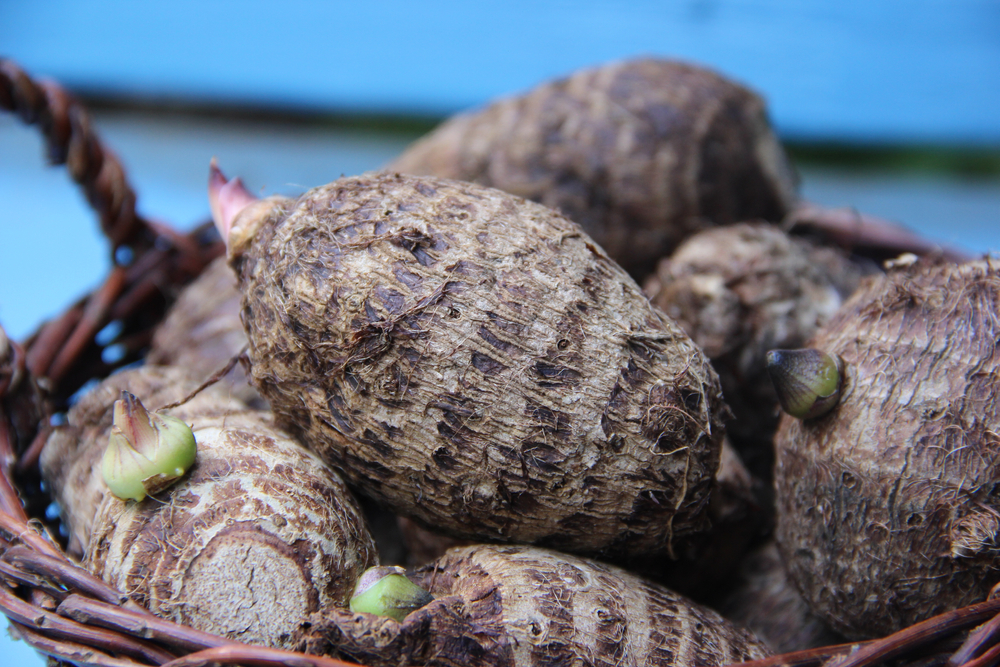 Heinsdorff Jularlak, Shutterstock
Heinsdorff Jularlak, Shutterstock
Water Collection
Freshwater was scarce, and the boys quickly realized they’d have to get creative to survive. They began collecting rainwater, storing it in hollowed-out tree trunks to build a reliable—and lifesaving—supply of drinking water.
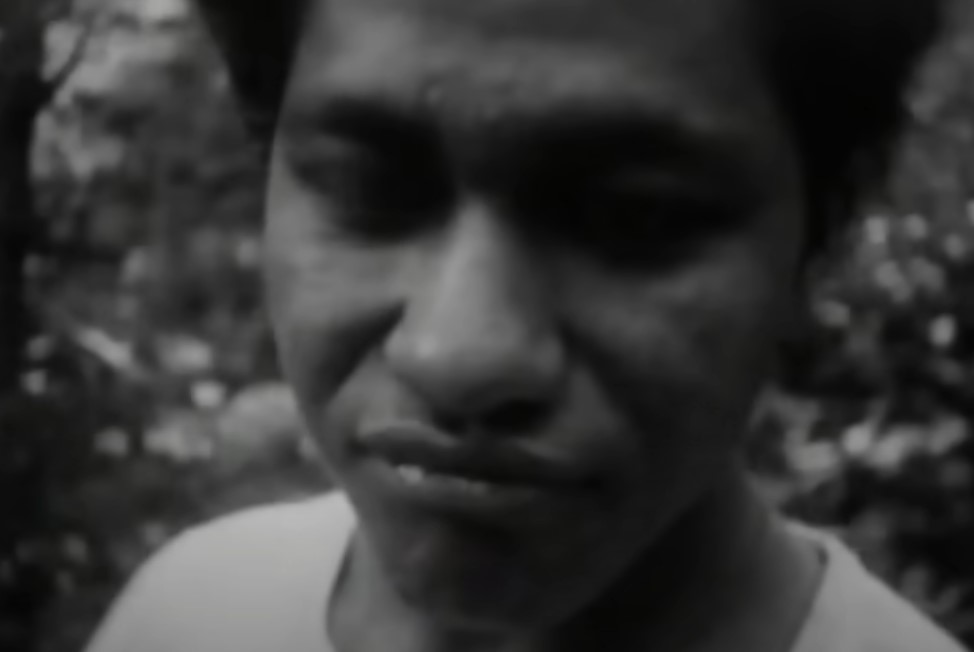 Channel 7, The Castaways (1966)
Channel 7, The Castaways (1966)
Desperate Measures
When rain was scarce, the boys’ survival instincts kicked in and they reluctantly drank the blood of the seabirds—knowing that hydration was of utmost importance.
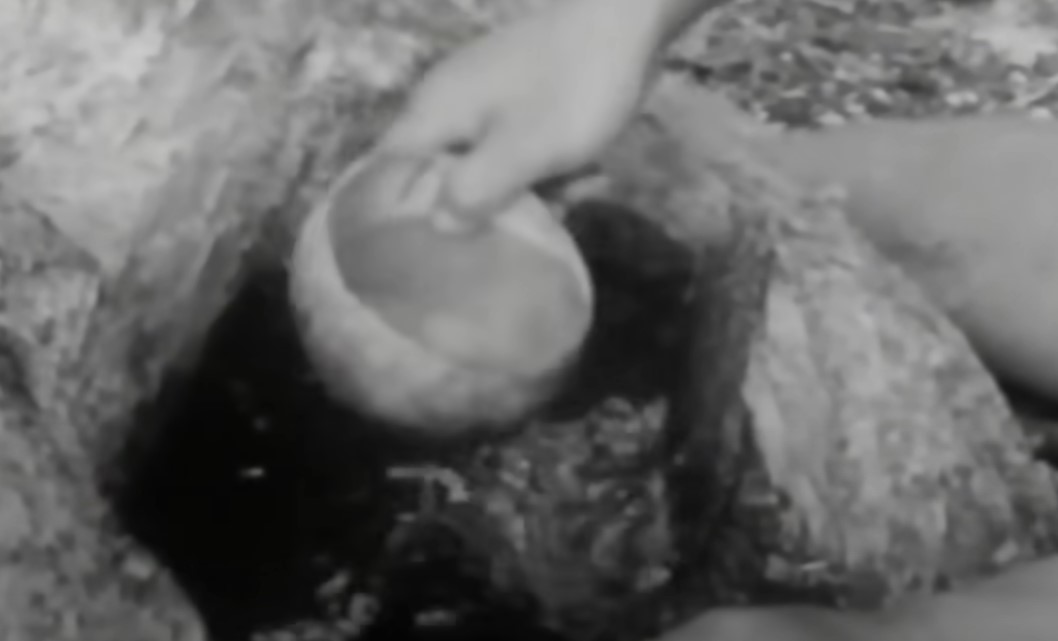 Channel 7, The Castaways (1966)
Channel 7, The Castaways (1966)
Fire
Initially, upon making it to the island, the boys were terribly weak and were unable to find the right materials to make them a fire. They continued to try, day in and day out without success. They lived off raw meat and fruits as their sustenance.
Shelter
The island provided them with a plethora of materials that came in handy for making shelters. They used palm leaves and thick sticks to create shelters without using any kind of tools.
Tropical Storms
During the course of their 15-months on the island, the boys experienced several tropical storms during the cyclone season, but their shelters were intelligently built and were able to withstand the elements.
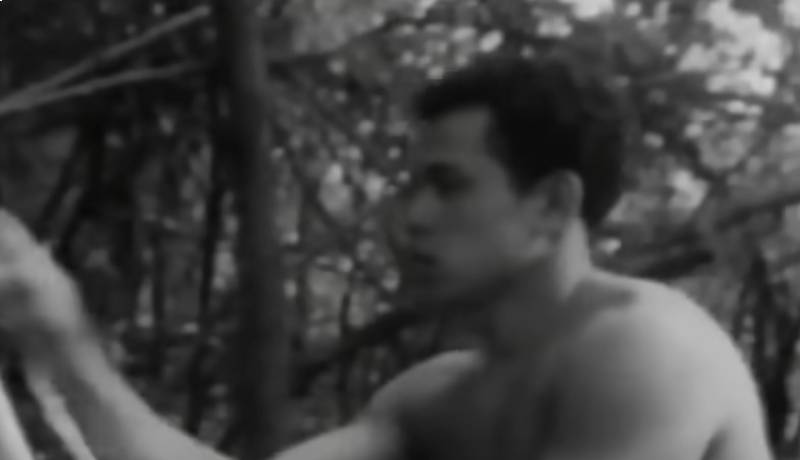 Channel 7, The Castaways (1966)
Channel 7, The Castaways (1966)
A New Discovery
After three long months of surviving on their own, the boys decided it was time to explore more of the island. They began a grueling two-day climb up its dormant volcano—and at the top, they made a discovery that would change everything.
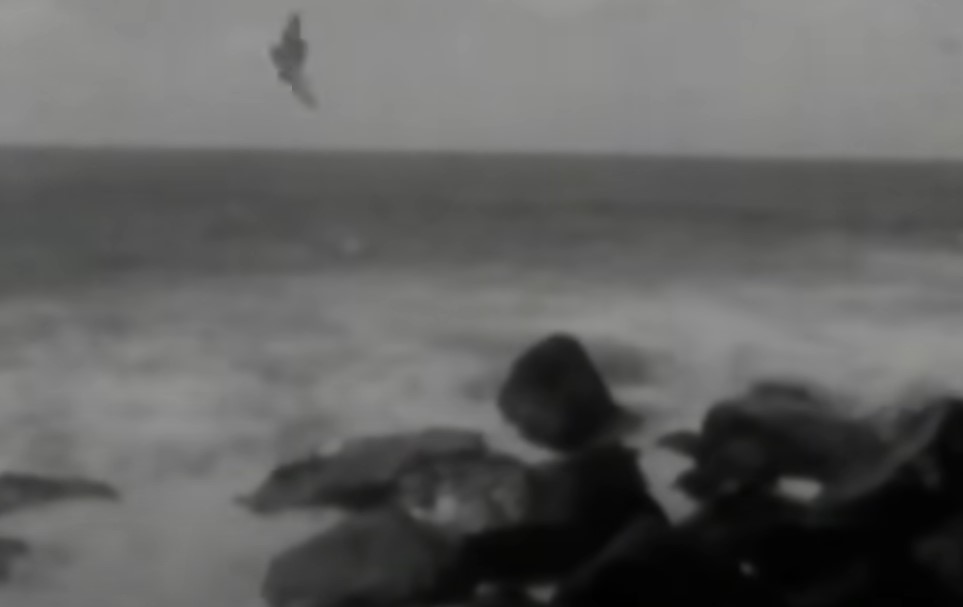 Channel 7, The Castaways (1966)
Channel 7, The Castaways (1966)
Village Ruins
Inside the island's volcanic crater, they found what appeared to be ruins of an ancient village—which we now know was the village of Kolomaile.
Happiness was an understatement.
Revival
The boys immediately made a plan to revive the remnants of the 19th century village, salvaging whatever they could.
A New Beginning
For the first time in three months, the boys were truly happy, believing they now could survive without nearly as much struggle, stating: “For the first time since we landed here 3 months before, we were happy. We had the will and the strength to go on.”
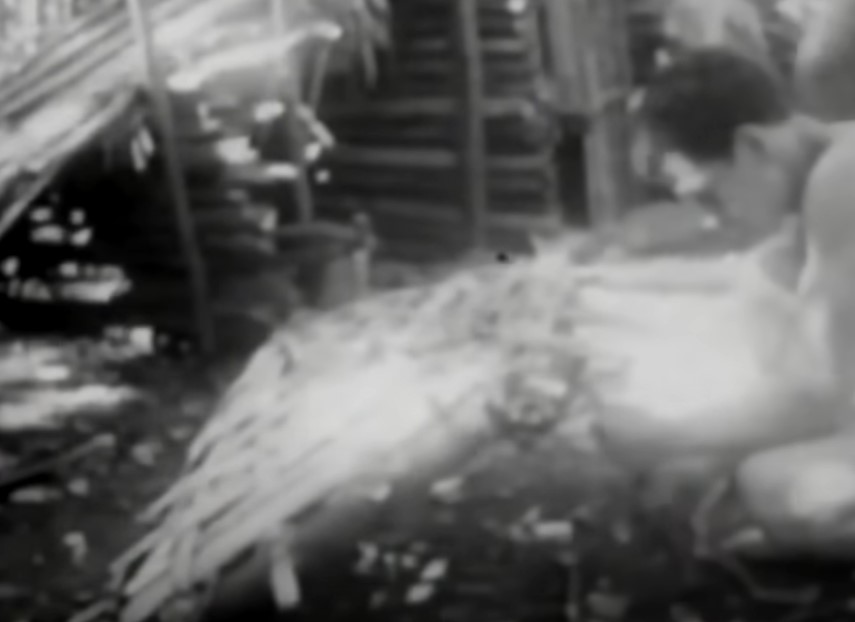 Channel 7, The Castaways (1966)
Channel 7, The Castaways (1966)
It Got Better
Upon discovering the village ruins, the boys also discovered several other things that would aid in the survival, including: wild chickens, bananas, grapefruit, coconuts, and other vegetation.
They now had an array of nutrition, and better shelter.
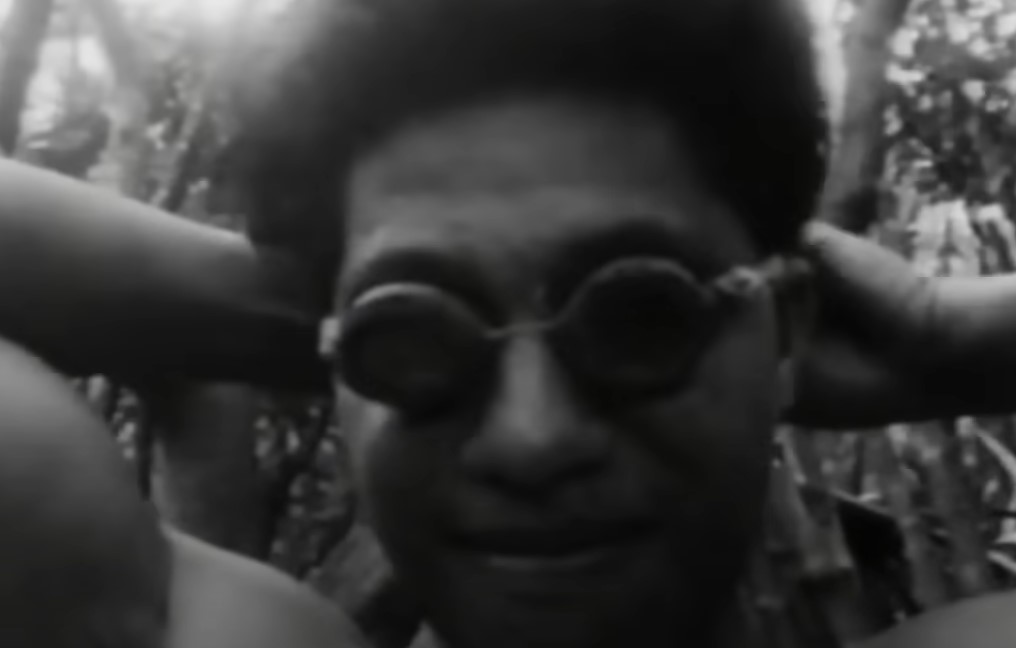 Channel 7, The Castaways (1966)
Channel 7, The Castaways (1966)
Mastery of Fire
Fire had been missing from their lives for three long months—and they knew they couldn’t survive much longer without it. It meant warmth, cooked food, protection at night, and, most importantly, a signal if rescue ever came. Reigniting it became a matter of survival.
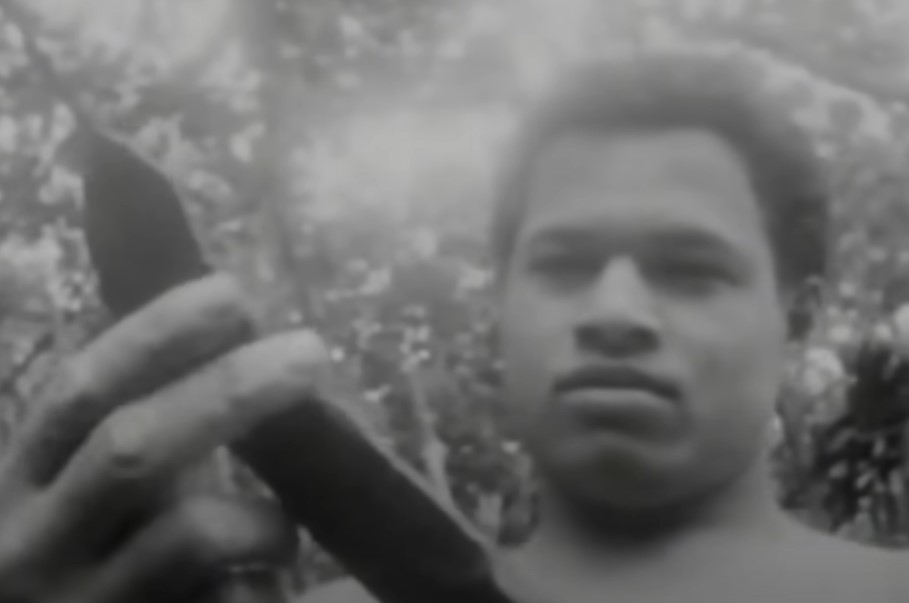 Channel 7, The Castaways (1966)
Channel 7, The Castaways (1966)
The Ignition
The first ember came from using a sea hibiscus for a fire plough—which is an age-old technique passed down through generations. Then they rubbed sticks together until the flame grew stonger.
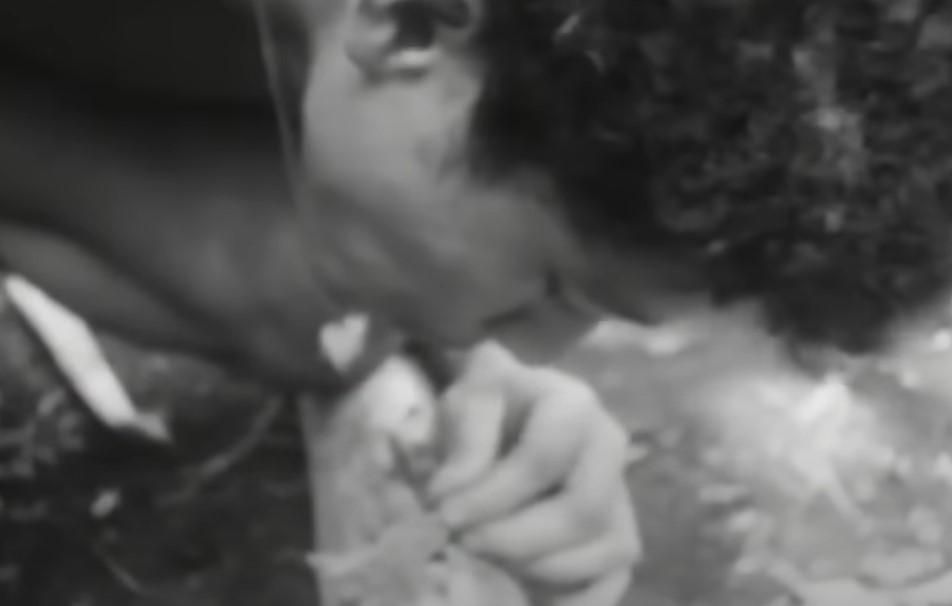 Channel 7, The Castaways (1966)
Channel 7, The Castaways (1966)
The Celebration
After three long months without a fire, they were successful. The boys celebrated by cooking a feast of bird, turtle, chicken, and cooked fruits.
“It took us three months to make a fire, and it was the first hot meal that we had,” recalls Mano.
Fire Maintenance
Not only did the boys successful make a fire, they maintained it so well that this exact fire continuously burned for the entire 15-months they were on the island.
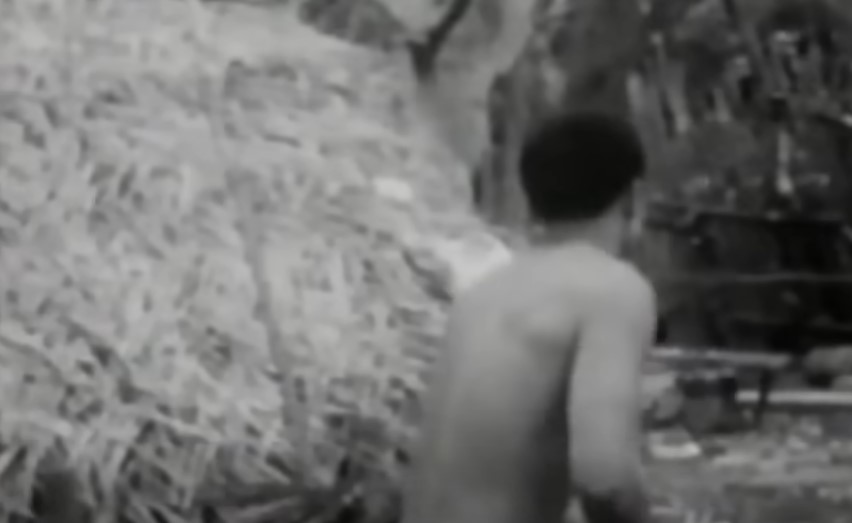 Channel 7, The Castaways (1966)
Channel 7, The Castaways (1966)
The Raft
After gathering more and more supplies, the boys decided to build a raft that could take them back out to sea.
But the treacherous ocean had different plans.
The Attempt
The boys took the raft to the edge of the ocean and set sail. Within minutes the waves crashed the raft into the rocks and destroyed it.
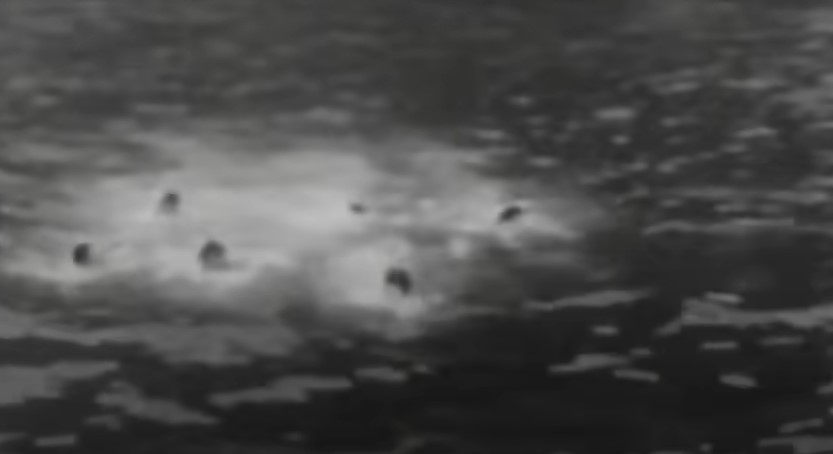 Channel 7, The Castaways (1966)
Channel 7, The Castaways (1966)
The Life-Changing Decision
It was around this time the boys made a quiet, heartbreaking decision: they would stop waiting for rescue and make the island their home. After six long months, hope had faded—and survival became their only focus.
 Channel 7, The Castaways (1966)
Channel 7, The Castaways (1966)
Their Hut
The boys had decided that since they were staying put, they needed a proper “house” to live in. Mano was the only one who knew how to weave coconut leaves, so he started with that.
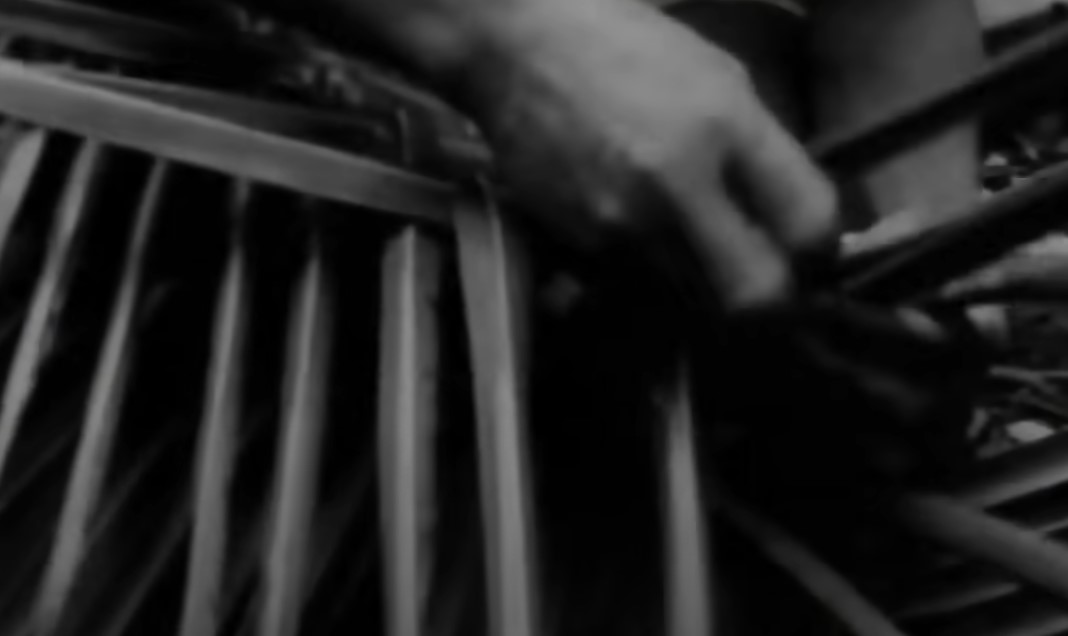 Channel 7, The Castaways (1966)
Channel 7, The Castaways (1966)
The Layout
Their little house took two weeks to construct. It had walls, a roof, and inside was divided into separate areas with a fire pit in the middle. The only materials used were what was found in their environment, such as sticks, leaves, and rocks.
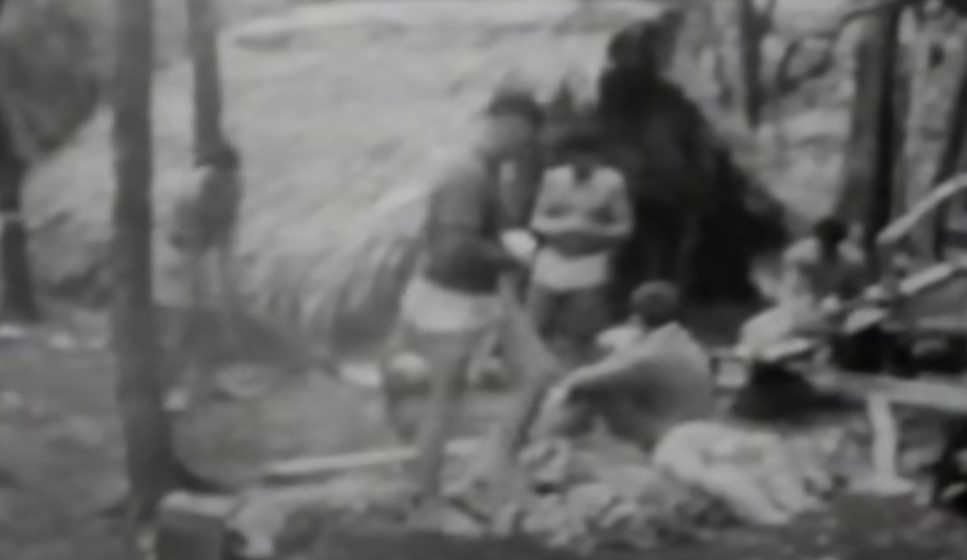 Channel 7, The Castaways (1966)
Channel 7, The Castaways (1966)
Their Beds
The boys cut down banana leaves to use as bedding on their beds made of thick branches—which had to periodically be replaced.
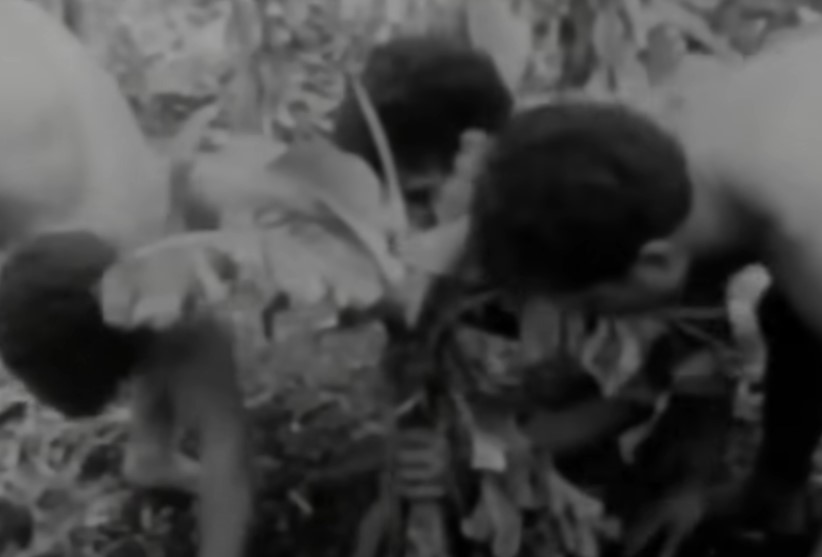 Channel 7, The Castaways (1966)
Channel 7, The Castaways (1966)
Outside the House
Outside their hut they made fences, benches and tables using large rocks and sturdy branches. They did everything they could to make this island their “new home.”
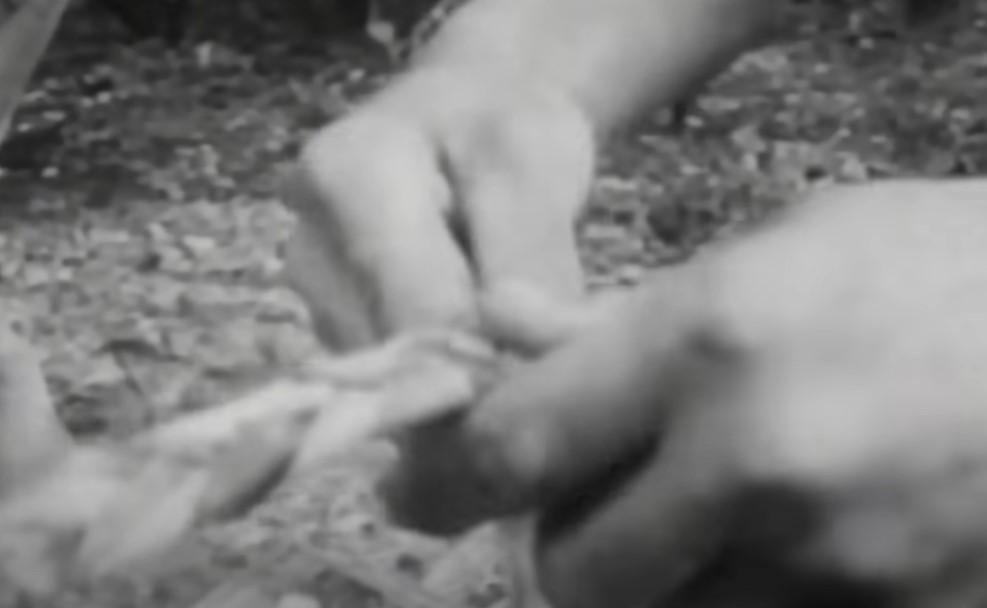 Channel 7, The Castaways (1966)
Channel 7, The Castaways (1966)
Structure and Routine
From day one the boys had set up a sort of routine or structure for how they would execute their survival, which included various shared tasks such as: gardening, hunting, cooking, and guard duty.
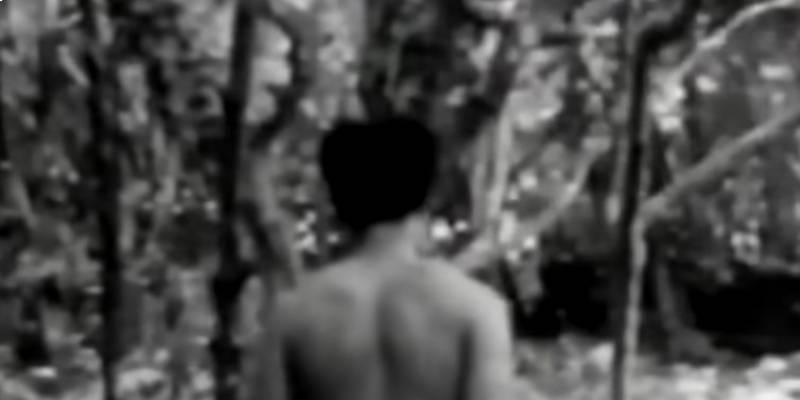 Channel 7, The Castaways (1966)
Channel 7, The Castaways (1966)
Dividing Labor
The boys worked well together as they teamed up in pairs and divided the labor, ensuring that everyone had a role. This fostered a sense of responsibility and kept them engaged.
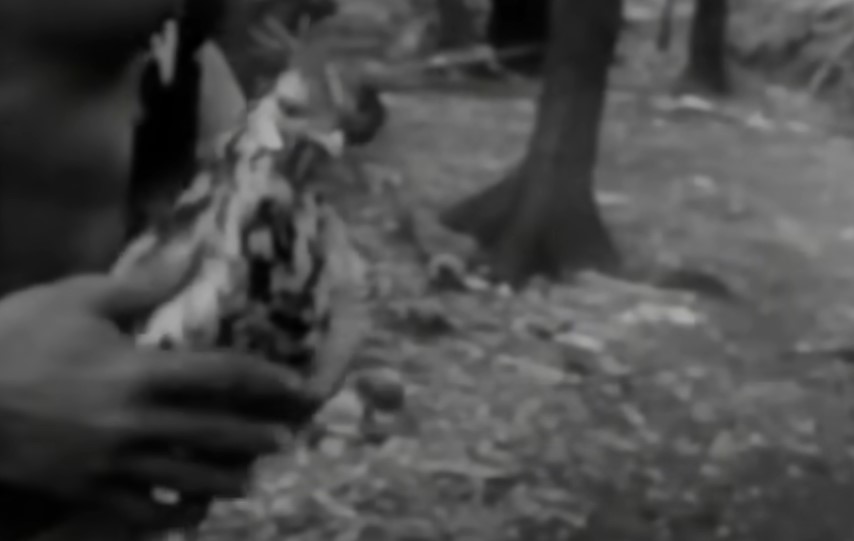 Channel 7, The Castaways (1966)
Channel 7, The Castaways (1966)
Leadership Roles
The two eldest boys naturally stepped into leadership roles—one guiding the group spiritually, the other managing their daily survival. Their faith kept morale strong, while their resourcefulness turned the island’s limited resources into tools for living.
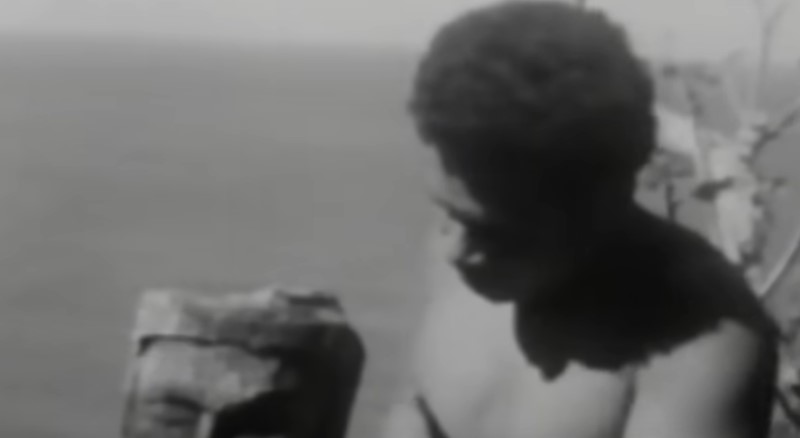 Channel 7, The Castaways (1966)
Channel 7, The Castaways (1966)
Grievances
The boys designated the nightly fire pit as the place to air out their troubles. Sione recalled, “If anybody had something they didn't like, they talked about it and we say 'Sorry' and then pray and everything's okay.”
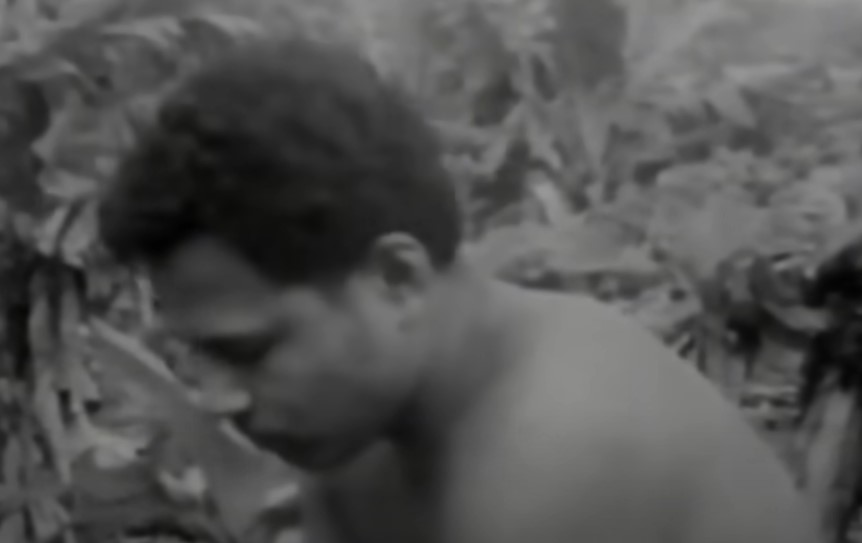 Channel 7, The Castaways (1966)
Channel 7, The Castaways (1966)
Serious Conflicts
Although serious conflicts rarely occurred, the plan when they did was to simply take a walk. Sione recalled, “If someone got really mad — like, if I planned something and they didn't do it — you disappear for a few hours, look at the ocean and clear it out of your mind.”
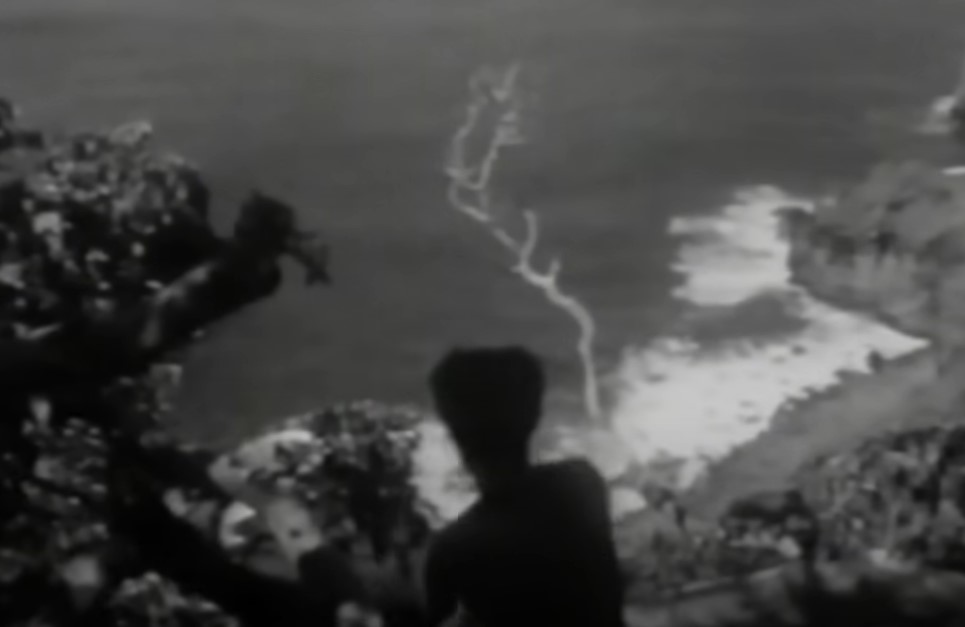 Channel 7, The Castaways (1966)
Channel 7, The Castaways (1966)
Emotional Support
Being alone on an island undoubtably had its emotional challenges. The boys took care of each other by singing songs, telling stories, and creating new rituals together.
They even got creative and made something special.
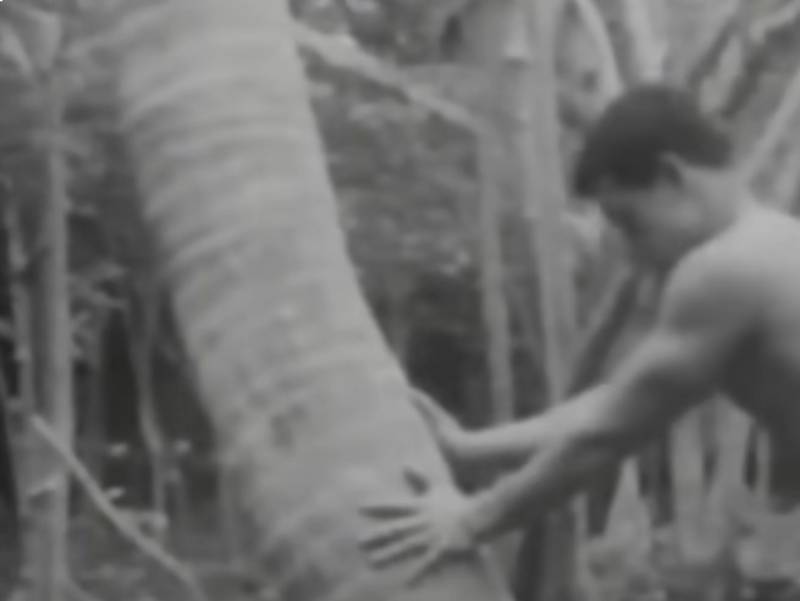 Channel 7, The Castaways (1966)
Channel 7, The Castaways (1966)
The Guitar
During their stay on the island, one of the boys, Kolo, built a guitar out of scrap wood and coconuts. They used it to compose five original songs during their exile—keeping their spirits high.
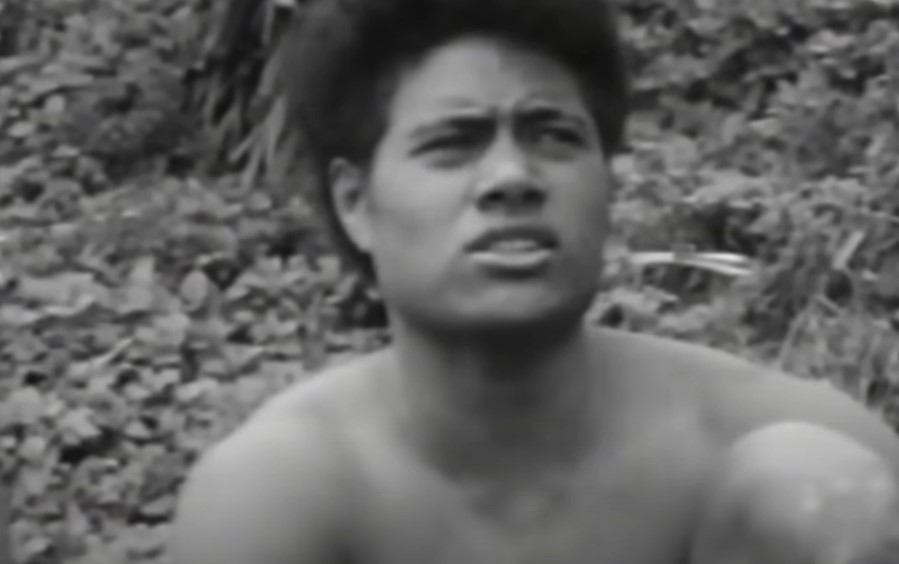 Channel 7, The Castaways (1966)
Channel 7, The Castaways (1966)
Exercise
The boys, who we now know were wise beyond their years, made sure exercise was a part of their daily routine. They used rocks and large branches to create a makeshift bench press.
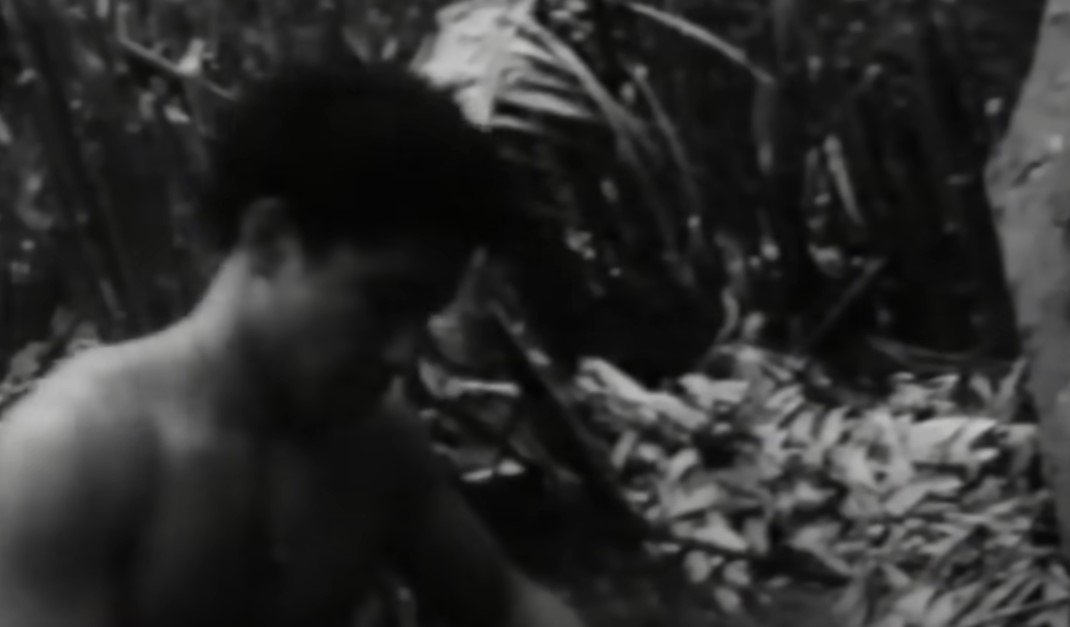 Channel 7, The Castaways (1966)
Channel 7, The Castaways (1966)
Well-Being
Although they were busy with continuously working to survive, they took breaks to go for walks and climb rocky hills for fun.
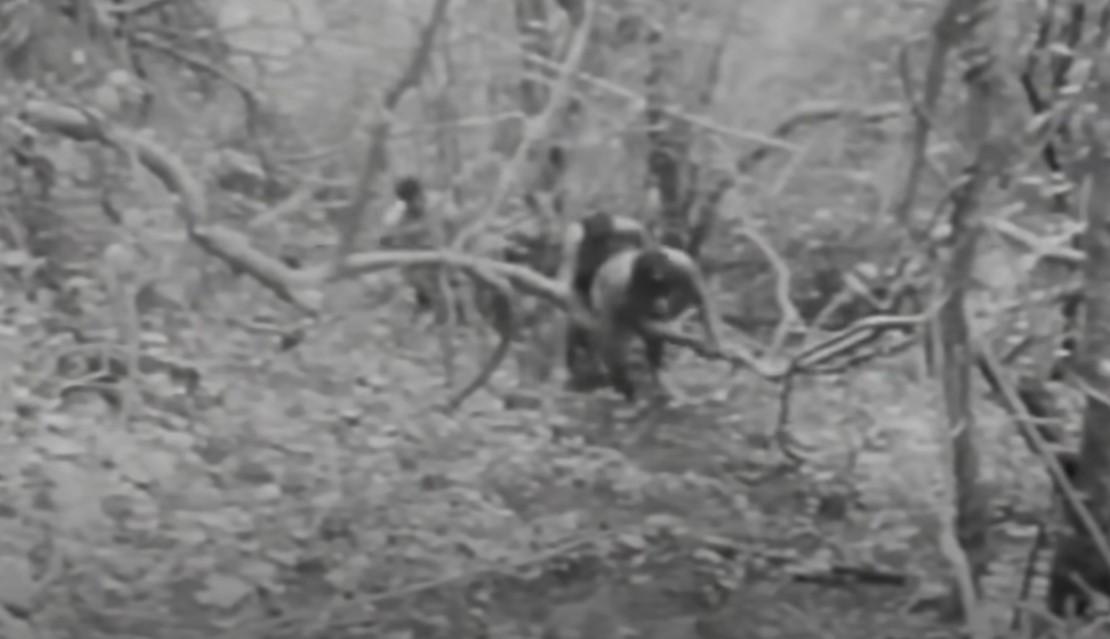 Channel 7, The Castaways (1966)
Channel 7, The Castaways (1966)
Respect for Life
Their wisdom was matched by their compassion. The boys held funerals for the animals they took for food, honoring each life and giving thanks to Mother Earth. Even in survival, they never lost their sense of respect for the world around them.
Hygiene
The boys did everything they could to make some sort of resemblance of home—which included appropriate sanitation.
They had set up designated areas for hygienic needs, and maintained strict cleanliness rules.
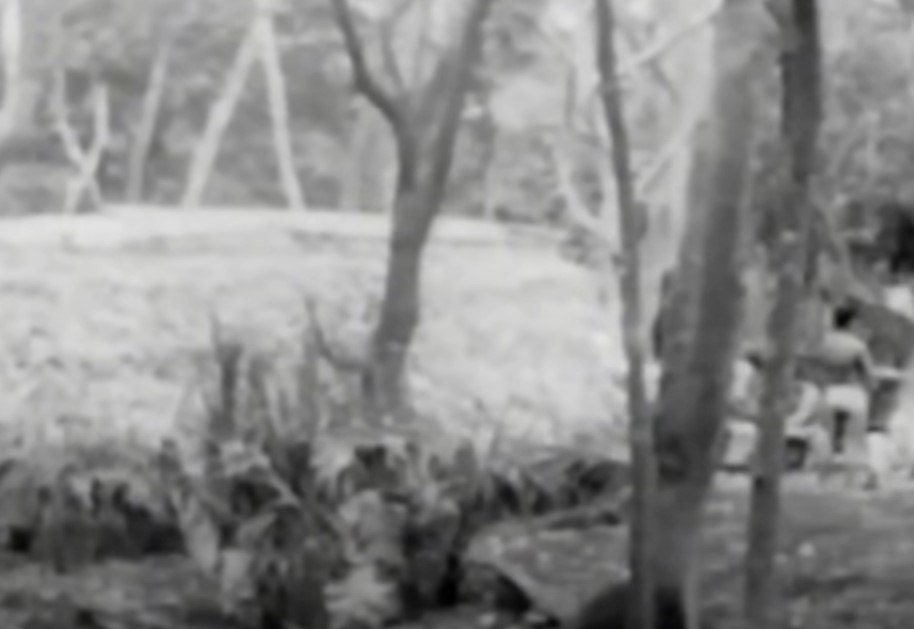 Channel 7, The Castaways (1966)
Channel 7, The Castaways (1966)
Another Discovery
During their time on the island, the boys made another discovery that brought them mixed feelings, even sparking one of the boys to cry for home.
Human Bones
While exploring the ruins, the boys came across human bones buried in the ground. This was not shocking to them as there was already tons of evidence of a previous civilization, but it certainly brought upon feelings of unrest.
The Island’s Dark Past
What we know now is that back in 1863 a tribe of about 300 people lived on the island. However, more than half of them were kidnapped by the crew of a whaling ship, who then sold them as slaves in Peru.
The skeletons belong to the last members of the tribe.
 Unknown Author, Wikimedia Commons
Unknown Author, Wikimedia Commons
A Cry for Home
The youngest boy of the group struggled with these findings and had spent many nights crying and wanting to go home.
It was then that the school friends became a family, and prayed daily for the strength to continue on together.
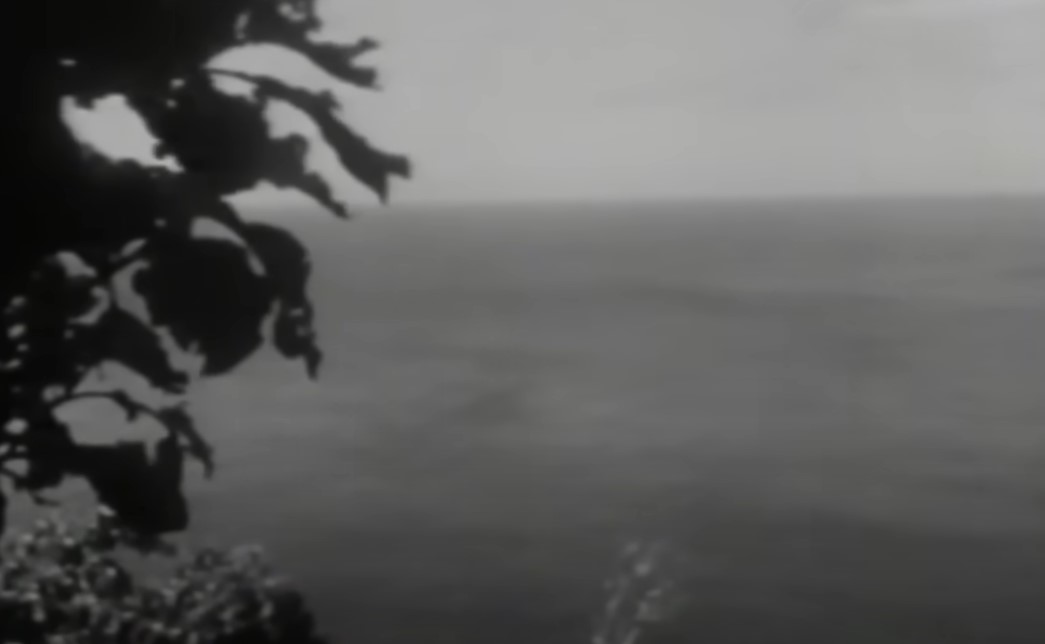 Channel 7, The Castaways (1966)
Channel 7, The Castaways (1966)
Back in Tonga
Back in Tonga, the families of the boys believed they had succumbed to the ocean, and so they held funerals for them.
15 Months
It was now September of 1966, and it had been 15 long months since the boys had set sail—though they say it didn’t feel that long to them.
Suddenly, one of the boys noticed a boat in the distance.
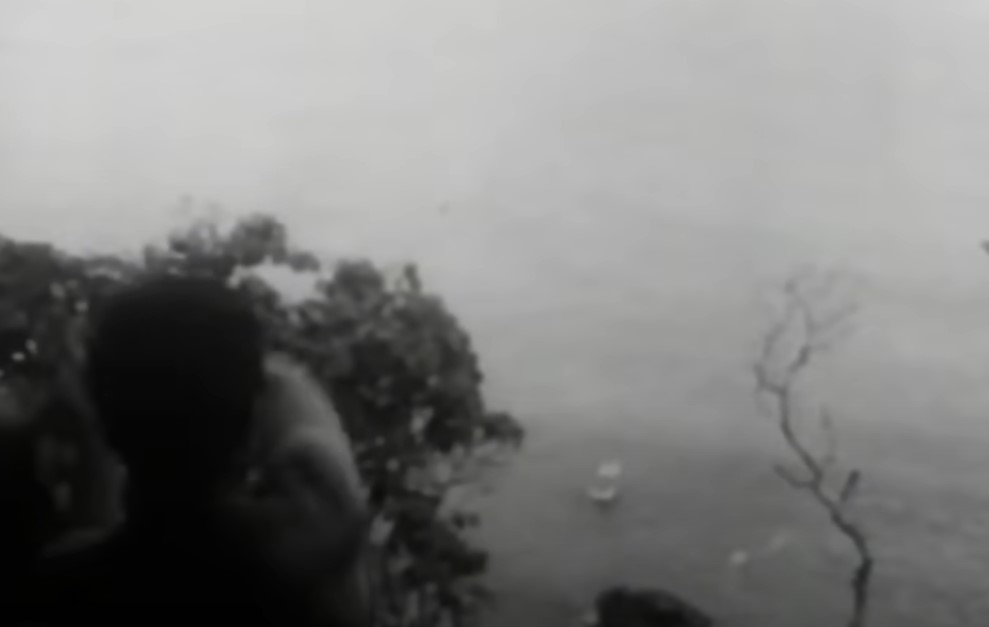 Channel 7, The Castaways (1966)
Channel 7, The Castaways (1966)
The Boat
On September 11, 1966, the Australian fishing boat Just David, captained by Peter Warner, neared the island after spotting patches of burning grass along the cliffs—an odd and unexpected sign of life. Curious and unsettled, Warner steered closer to investigate.
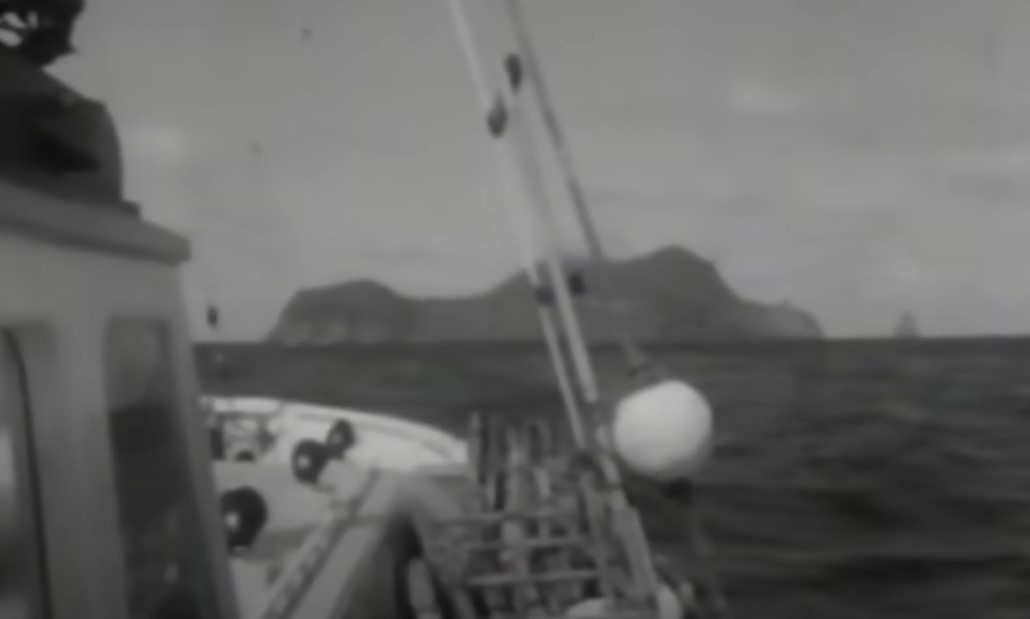 Channel 7, The Castaways (1966)
Channel 7, The Castaways (1966)
The Fire
As Warner got closer, he saw the boy’s permanent fire glowing from ashore, which was now a definite sign of life on what he thought was an uninhabited island.
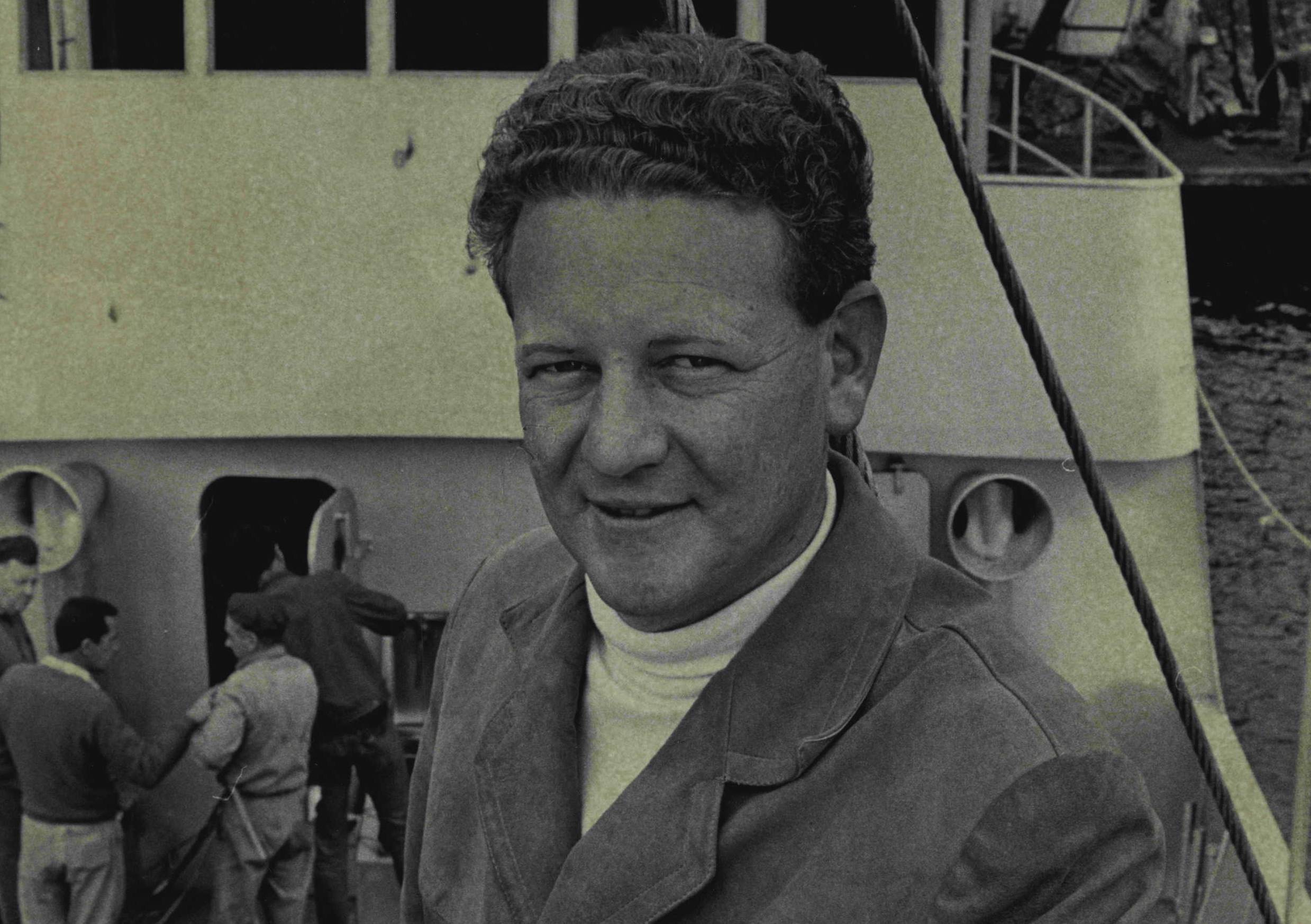 Fairfax Media Archives, Getty Images
Fairfax Media Archives, Getty Images
The Boys
At this time, the boys had seen the boat and were making their way to the beach as fast as they could, hollering as loudly as they could while waving their arms.
One of the boys, Stephen, jumped right into the water and started swimming toward the boat.
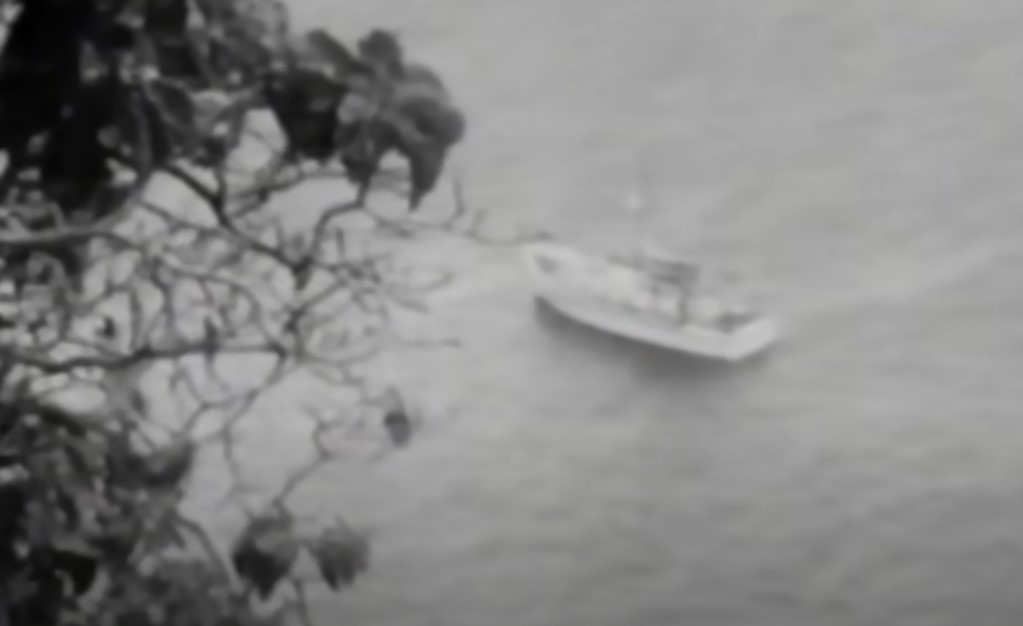 Channel 7, The Castaways (1966)
Channel 7, The Castaways (1966)
An Undiscovered Tribe
Warner was shocked to find the boy swimming out to the boat and hurried to help him.
He claimed to have been shocked to find that the boy spoke perfect English, assuming he had come across an uncontacted tribe.
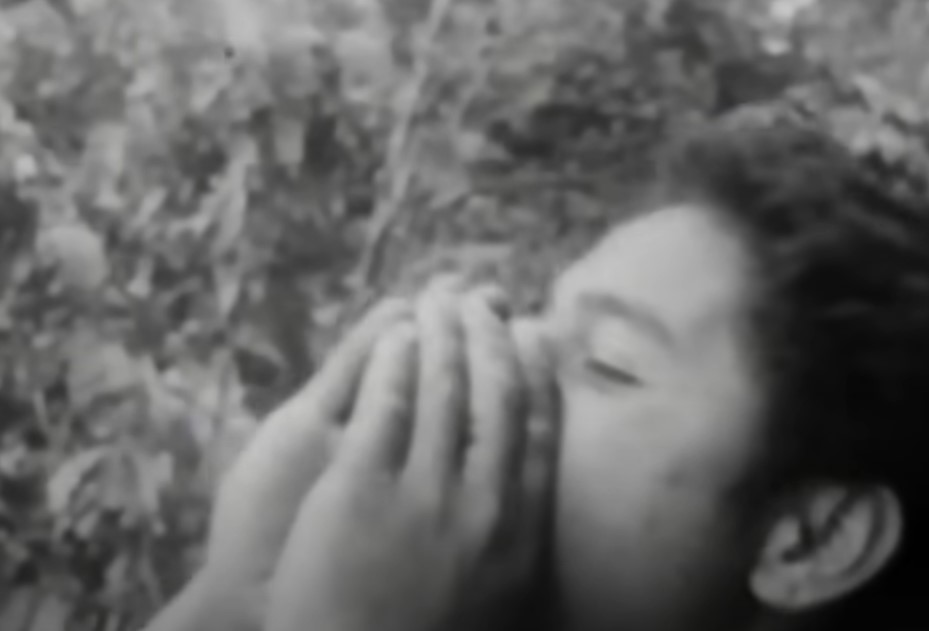 Channel 7, The Castaways (1966)
Channel 7, The Castaways (1966)
The Rescue
Captain Warner saw the rest of the boys standing on the edge of the island, unclothed with long hair and waving their arms.
He assured Stephen they would soon be safe, and they navigated closer to collect the boys.
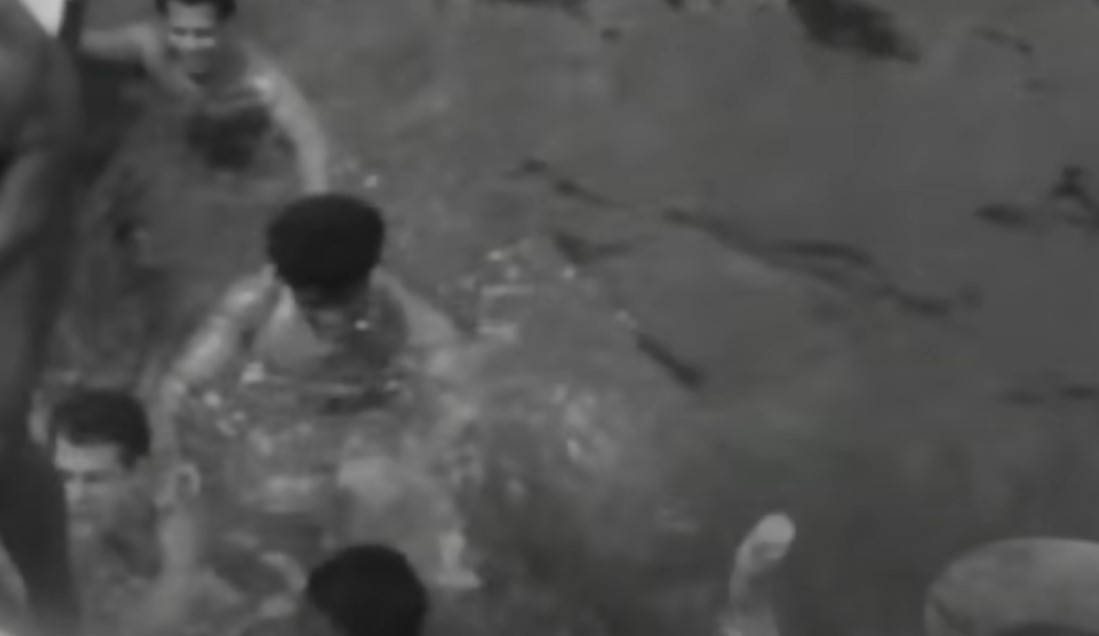 Channel 7, The Castaways (1966)
Channel 7, The Castaways (1966)
The Radio Call
Warner made a quick radio call to Nukuʻalofa, where Stephen said they were from. The response he got back brought the boys to instant tears.
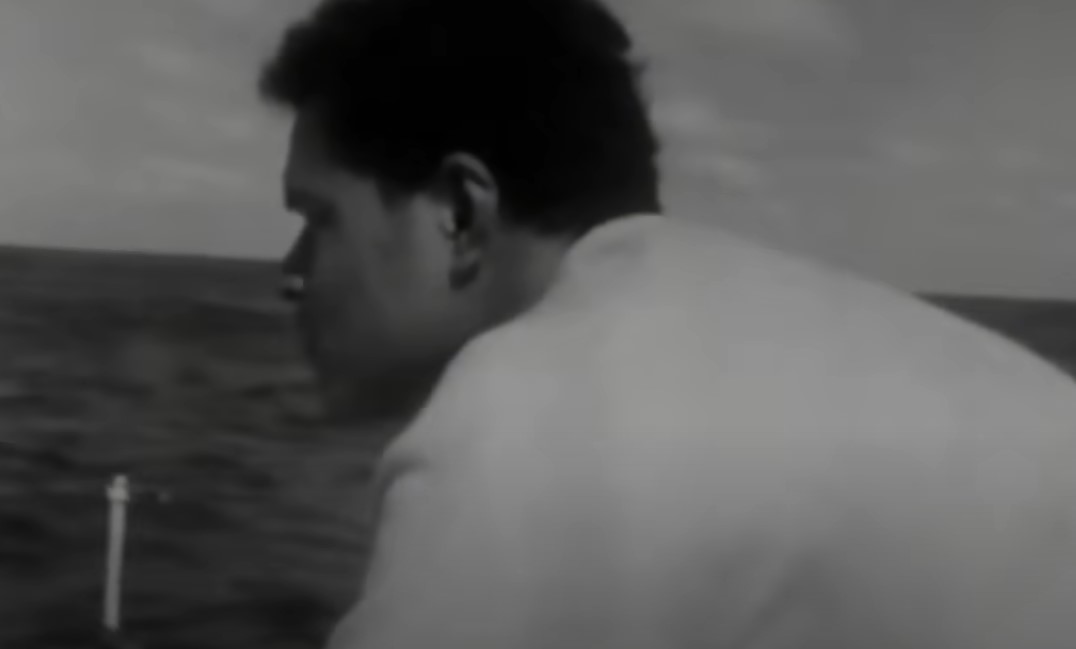 Channel 7, The Castaways (1966)
Channel 7, The Castaways (1966)
They’re Alive
After 20-minutes of waiting for a response, the call came back stating: “You found them! These boys have been given up for dead. Funerals have been held. If it's them, this is a miracle!”
Captain Warner could not contain his shock.
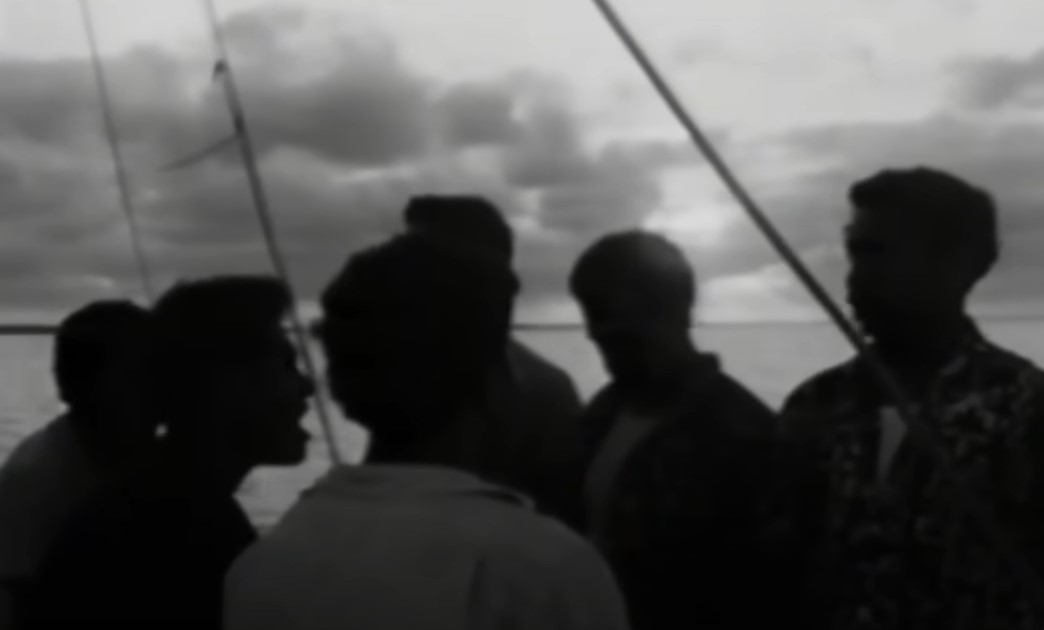 Channel 7, The Castaways (1966)
Channel 7, The Castaways (1966)
Home Sweet Home
The boys were immediately taken back home to Tonga, where their friends and families had given up searching long ago.
Their sudden presence was nothing short of a miracle.
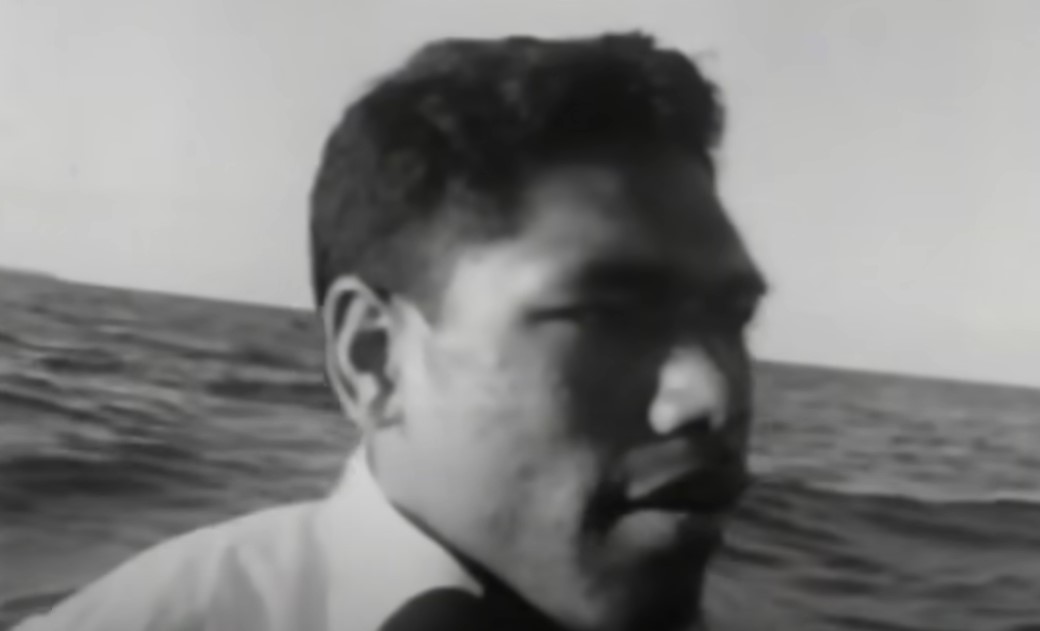 Channel 7, The Castaways (1966)
Channel 7, The Castaways (1966)
Celebrations
Back home, their return sparked a three-day celebration. “The first celebration was from our families,” Mano remembered. “The second one was from the church, and the third one from the island”.
But their story was far from over.
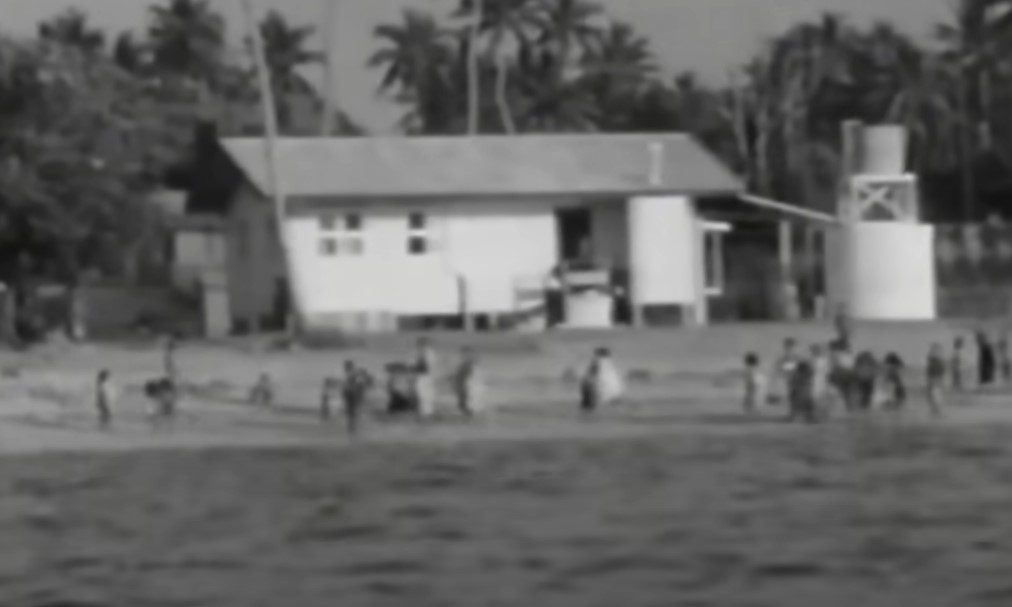 Channel 7, The Castaways (1966)
Channel 7, The Castaways (1966)
Headlines
The boy’s story made international headlines. The boys told descriptive stories of their life on the island, and people were so intrigued that journalists all over the globe were begging for a chance to meet them.
At the time, the boys declined the fame, but did agree to one thing, that today our nosey minds appreciate.
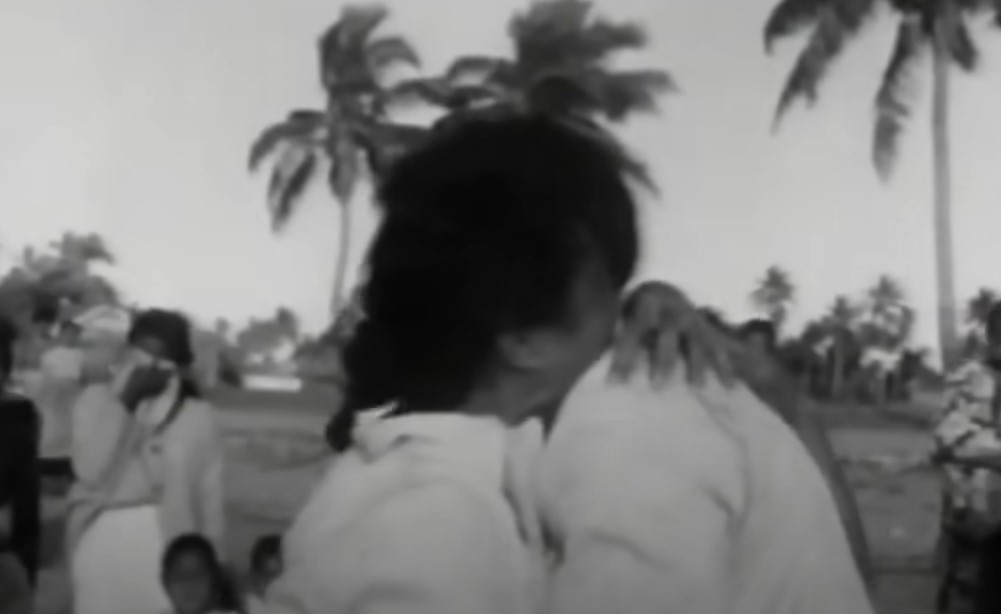 Channel 7, The Castaways (1966)
Channel 7, The Castaways (1966)
Photography Opportunity
A Syndey-based photographer named John Carnemolla offered to go to the island with the boys to reenact photos of how they’d survived for 15-months.
They took photos of their shelters, firepits, how they ate their food, and so on—the photos you see in this article.
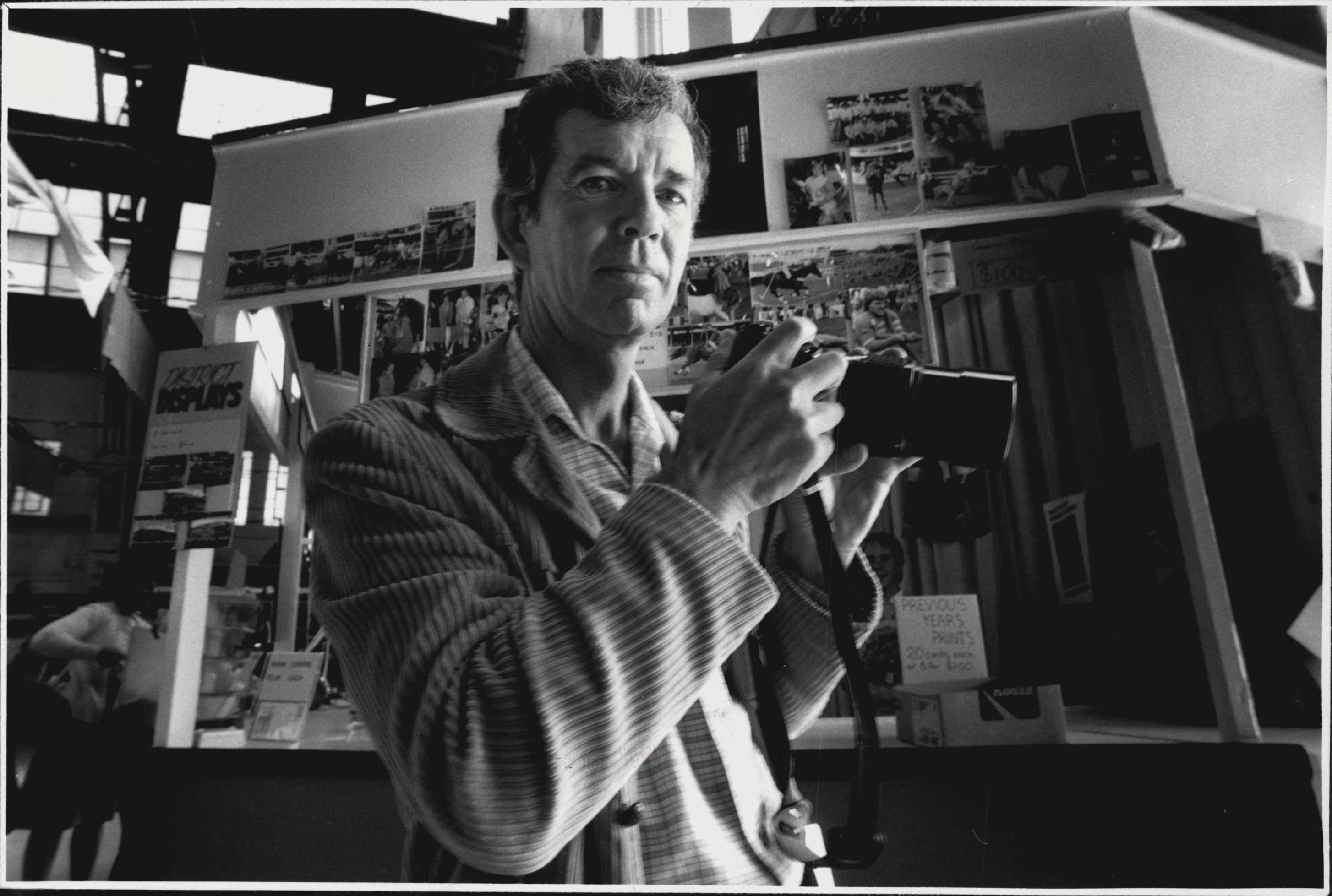
The Boy’s Health
Afterward, the boys were sent for extensive health check-ups which came back that they were all surprisingly very healthy and in very good shape.
It was also a miracle that all six boys survived.
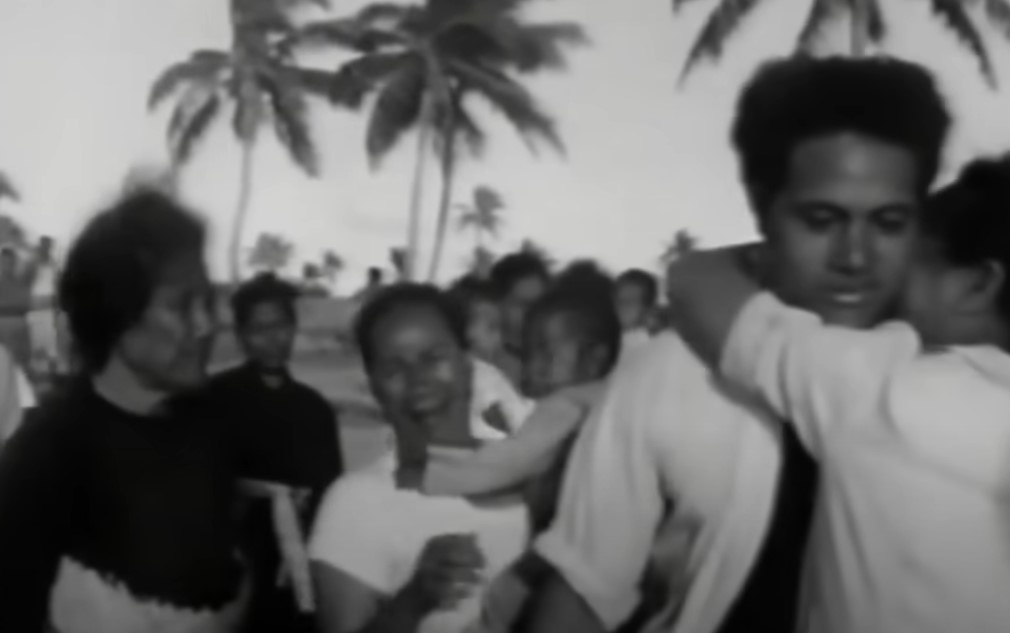 Channel 7, The Castaways (1966)
Channel 7, The Castaways (1966)
The King’s Appreciation
King Tāufaʻāhau Tupou IV, befriended Captain Warner, and in appreciation for recusing the boys Warner was given a royal concession to trap the spiny lobster in Tongan waters.
Not only that, he was allowed a very special crew.
 ETH Library, CC BY-SA 4.0, Wikimedia Commons
ETH Library, CC BY-SA 4.0, Wikimedia Commons
The Lobster Crew
Captain Warner also befriended the boys, and hired them to crew a lobster boat with him where they would teach him the secrets of how and where to fish for the Pacific spiny lobster.
But on their first day, none of the boys showed up.
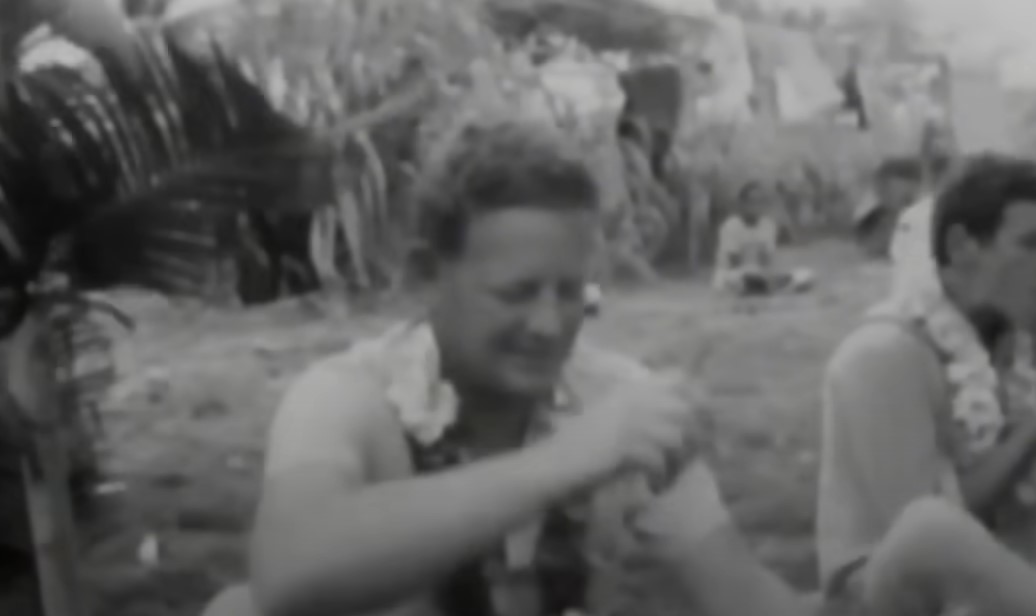 Channel 7, The Castaways (1966)
Channel 7, The Castaways (1966)
Behind Bars
After waiting for hours and not even one boy showing up, Warner learned that all six of them had been locked up for theft.
Were they really causing trouble?
The Boat
Let’s rewind for a moment—fifteen months earlier, the boys had slipped out of their dorms under cover of night and waited for a local fisherman to leave so they could take his boat.
He never forgot—and he didn’t forgive.
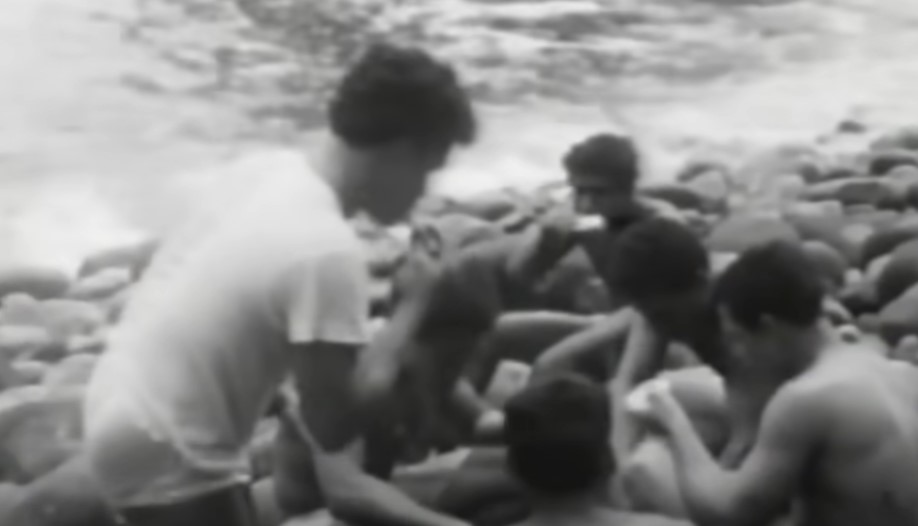 Channel 7, The Castaways (1966)
Channel 7, The Castaways (1966)
Locked Up
Even after learning what the boys endured for 15 long months, the fisherman still chose to press charges against all six boys for taking his boat—and destroying it.
Consequences
So now after spending over a year surviving on an island alone, they were all now stuck behind bars with no one able to get them out—suffering the consequences of their actions that fateful night in 1965.
That is, until someone stepped in.
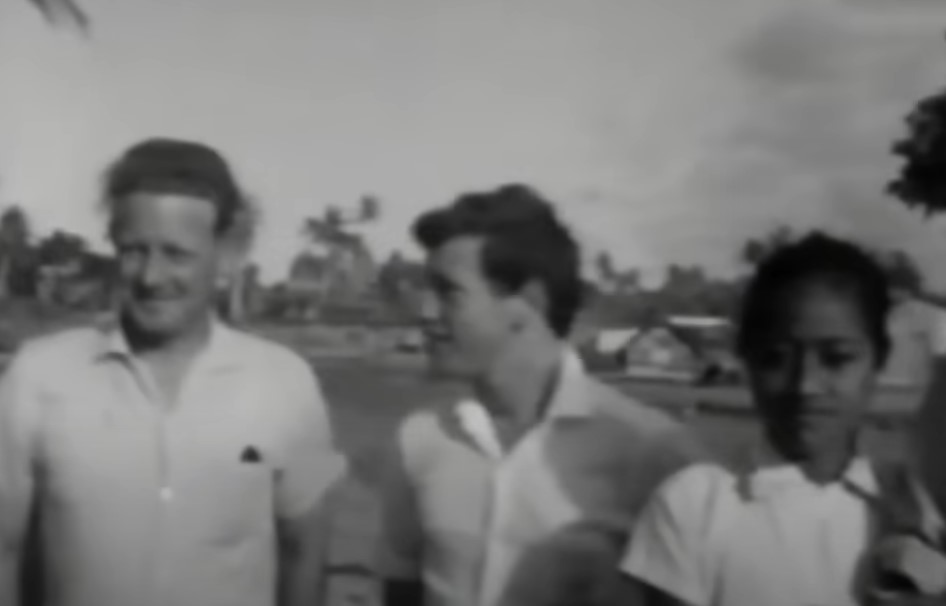 Channel 7, The Castaways (1966)
Channel 7, The Castaways (1966)
Captain Warner to the Rescue—Again
Warner knew he had to step in, so he contacted Channel 7 news in Sydney and arranged to film the boy’s story.
Which at first seemed like he was looking for profitable gains—but he had a plan.
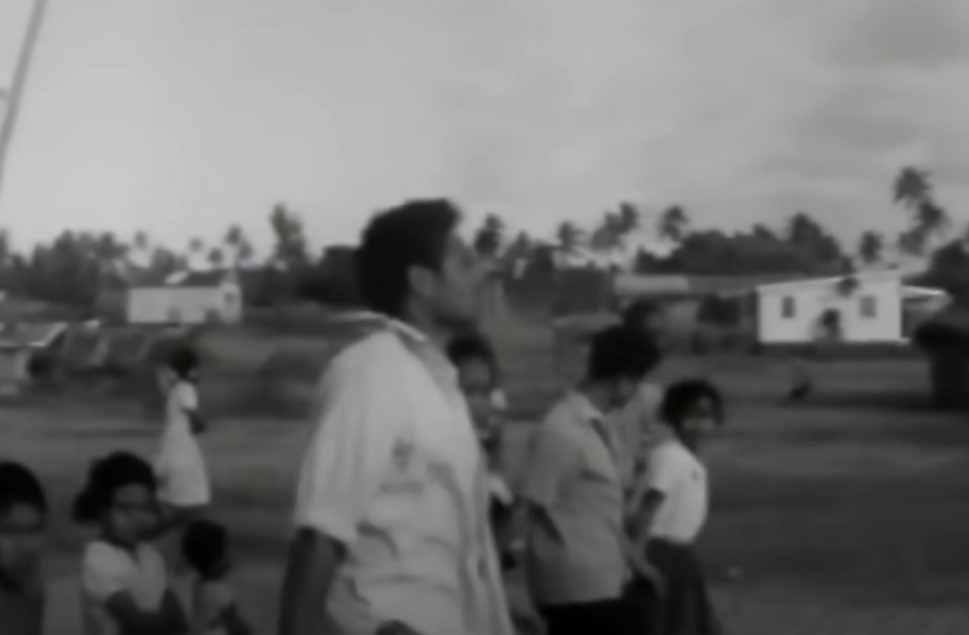 Channel 7, The Castaways (1966)
Channel 7, The Castaways (1966)
Compensation
Warner used the $203 from the sale of the rights to his film to pay the owner of the lost boat, and in return the owner dropped the charges.
The boys were finally free—for real this time.
The Reenactment
Now that the boys were free, they had to follow through with their promise to film. They sailed back to ‘Ata Island with the Channel 7 news crew and walked them through their life on the island.
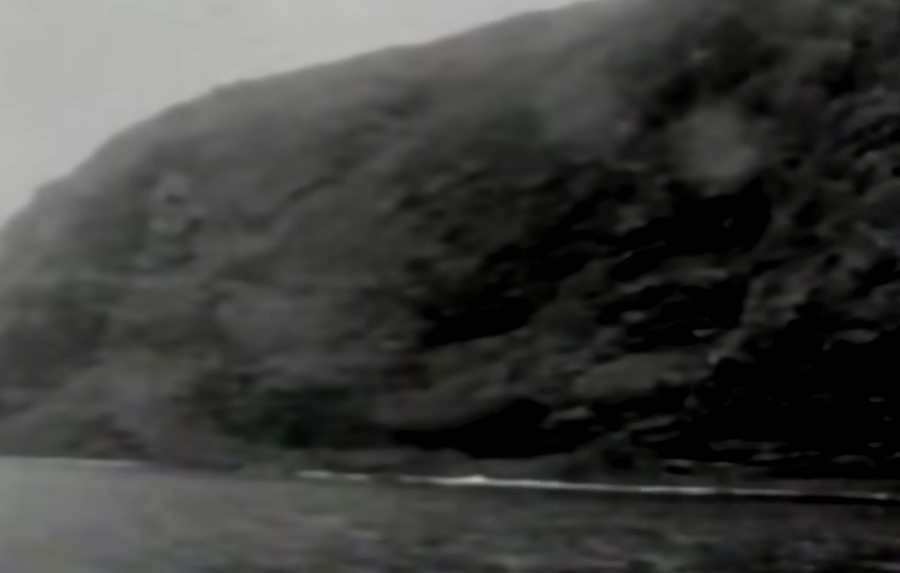 Channel 7, The Castaways (1966)
Channel 7, The Castaways (1966)
The Film
The film was broadcasted the following month in 1966. Only one copy of the 1966 documentary survives today; it is available on YouTube.
But decades later, the boys surfaced again.
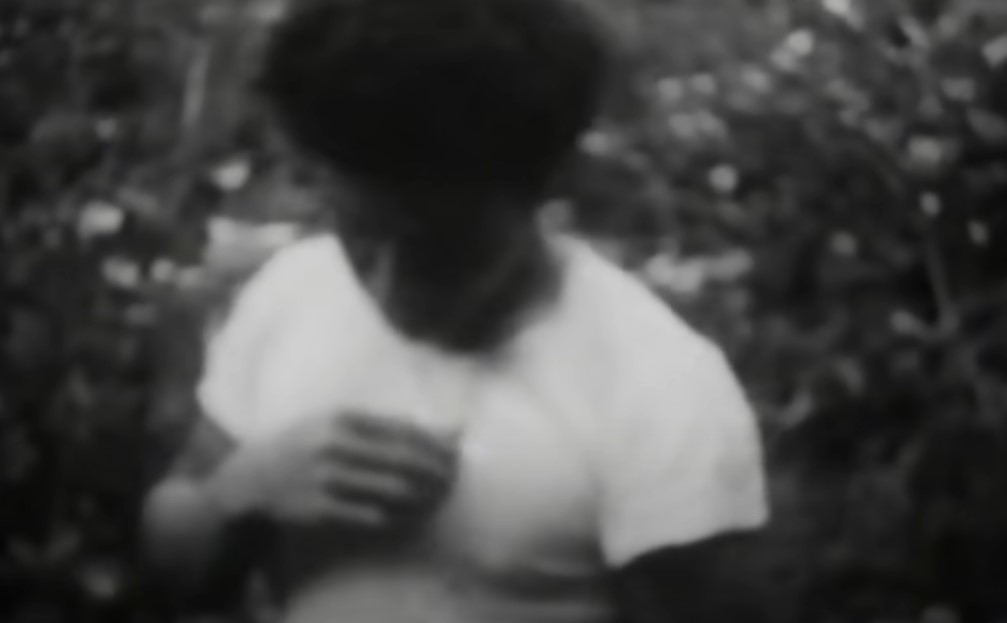 Channel 7, The Castaways (1966)
Channel 7, The Castaways (1966)
Back to ‘Ata Island
In 2015, one of the boys, Kolo (by then in his mid-60s), went back to ‘Ata Island with Spanish explorer Alvaro Cerezo. The two men spent 10 days on the island alone, living off coconuts, fish, and seabirds—exactly how the boys did back in 1965.
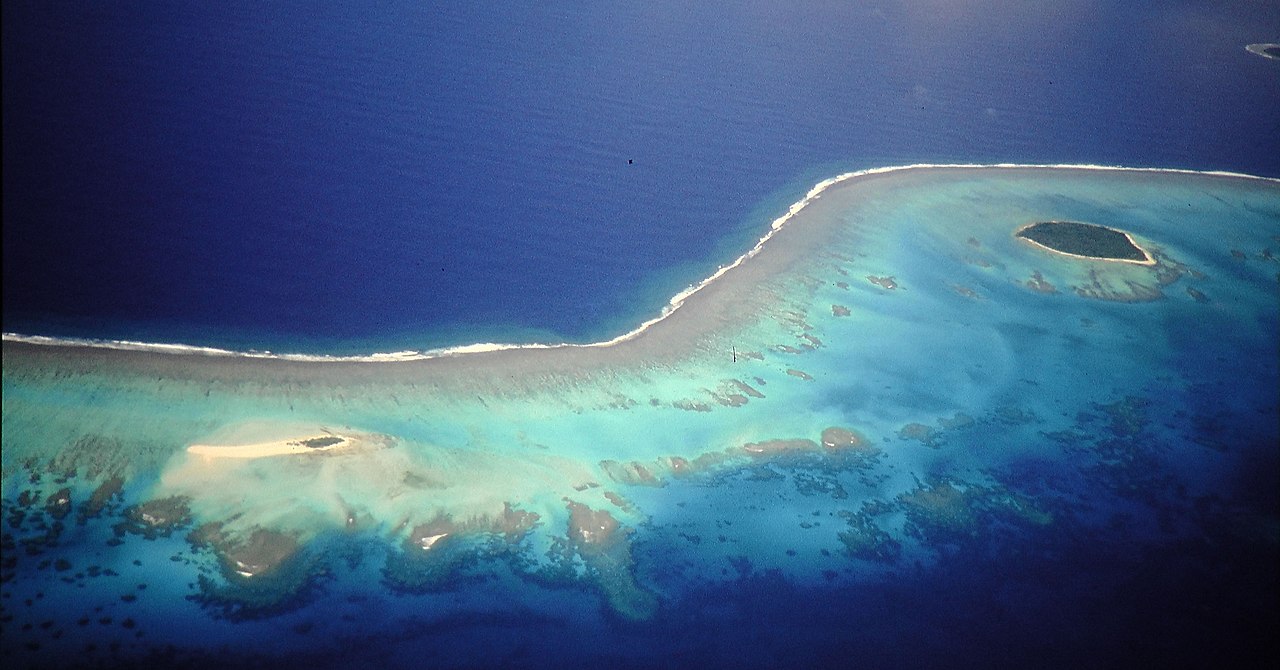 Miyasige Tosikazu, CC BY 2.0, Wikimedia Commons
Miyasige Tosikazu, CC BY 2.0, Wikimedia Commons
Documentaries and Books
There have been other documentaries and books written about the boy’s miraculous story of survival. In fact, 40 years after their adventure the boys were interviewed again, but few details were made public.
Today
Today, the boys are in their 60s and 70s, and have gone on to lead full lives. One of them became a pastor, another becoming an engineer, an another becoming a Pacific Heavyweight boxing champion.
Lifelong Friendships
Two of the boys remain close friends and even live together in California, and they remain in contact with Warner—who has been a constant in their lives since the day he rescued them.
Final Thoughts
The story of the six Tongan Castaways is more than just an adventure tale—it’s a testament to the human spirit and their resilience and ability to survive in the most challenging situation.
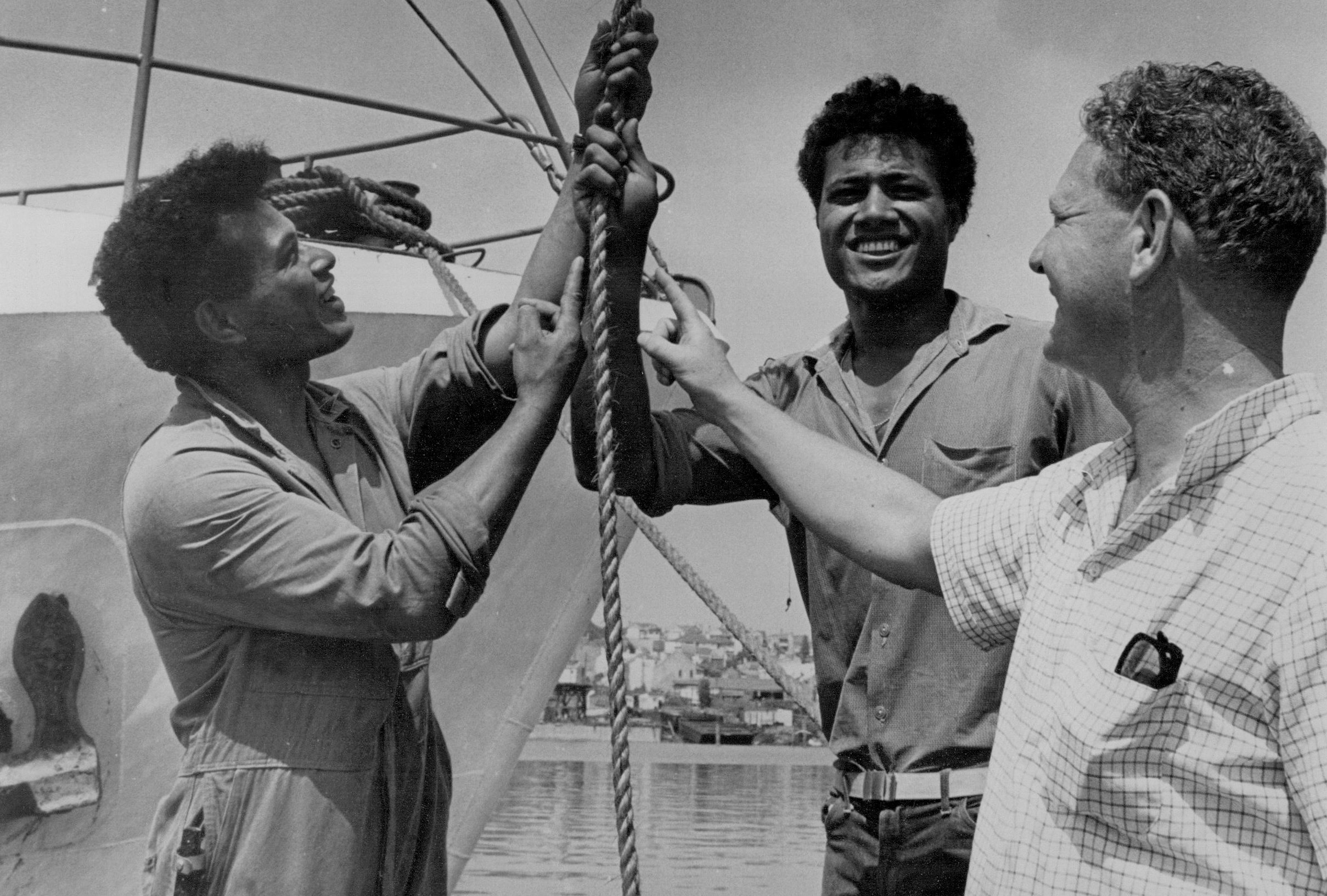 Fairfax Media Archives, Getty Images
Fairfax Media Archives, Getty Images

